In another article, we discussed the topic of metal fittings on Korean furniture. METALWORK PATTERNS ON KOREAN FURNITURE.
That initial analysis focused on their categorization across all types of furniture as well as their symbolism. In this new publication, we focus solely on the fittings found on the bandaji.
Drawings courtesy of: Wooden furniture : Understanding folk artefacts 1. Kim Hee-soo , Kim Sam-gi. Provided by National Folk Museum of Korea
In addition to their dimensions – larger in the north of the peninsula and smaller and more compact in the south – the types of wood used, correlated with the local species available, the highly varied hardware designs on the bandaji provide valuable clues about their geographic region of production.
REGIONAL DIFFERENCES.
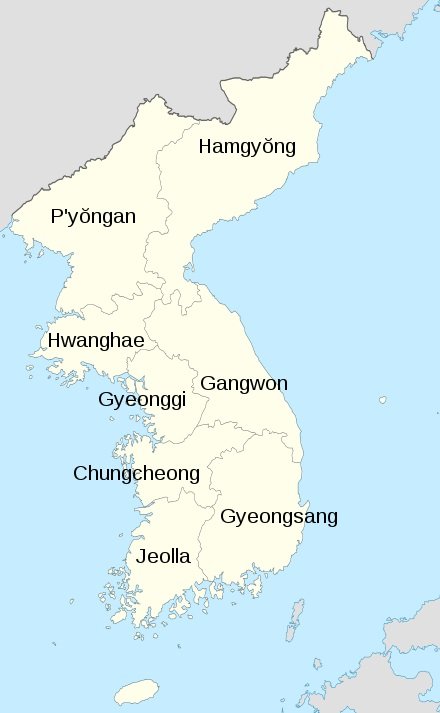
PYONGAN PROVINCE.
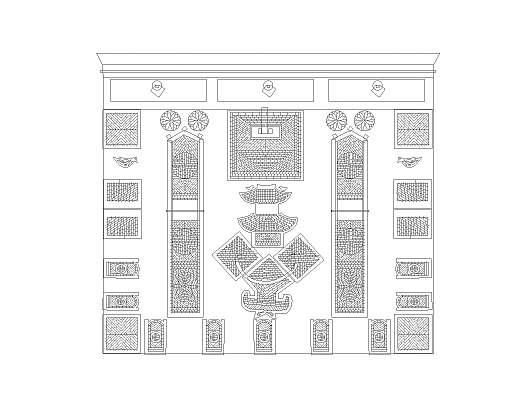
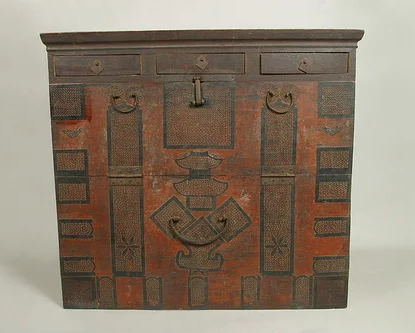
Square, round, and oval geometric designs were regularly and meticulously pierced into the fittings. The piercing work was highly precise. Many fittings were used, and they were large enough to cover more than half of the bandaji. Both iron and brass were utilized: iron was commonly used in the Pyongan region (e.g., Pakchon bandaji), while brass was predominantly used in Pyongyang (e.g., Pyongyang bandaji).
- Lock plates.
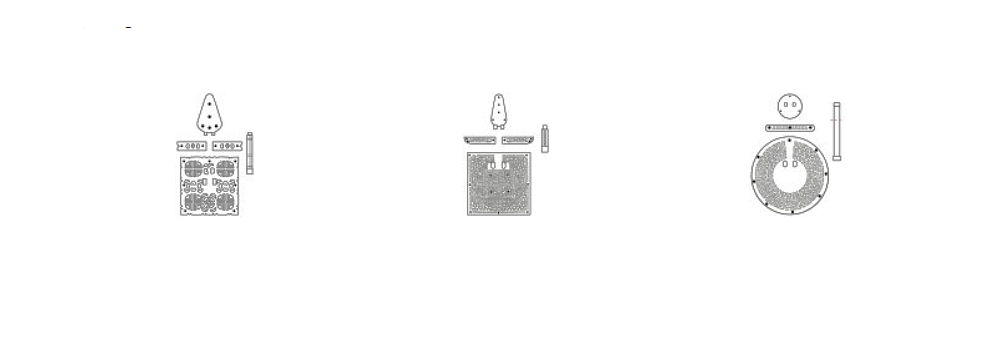
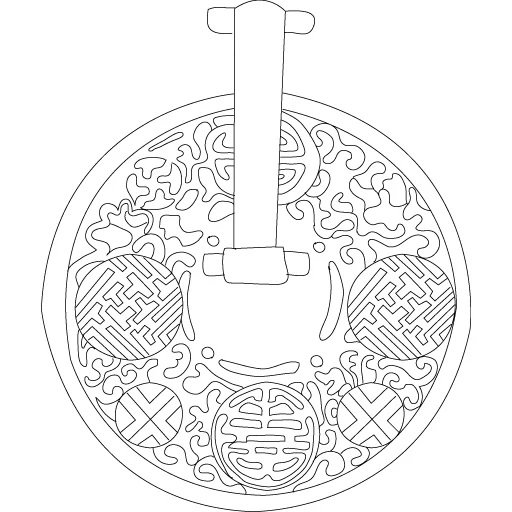
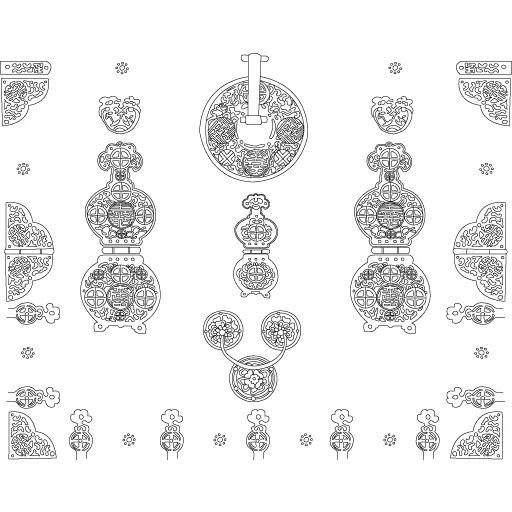
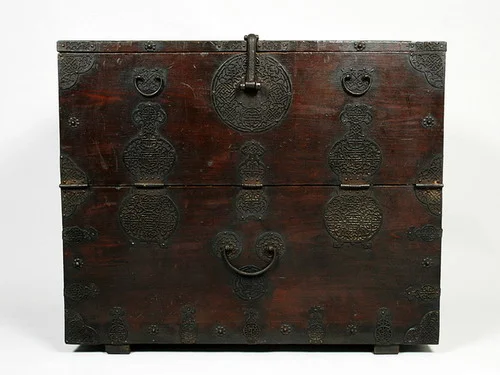
On these northern pieces, most bandaji are covered with intricate, lacelike fittings of punched or wrought iron.
Doors hinges are mainly long and rectangular with geometrical engravings.
- Door hinges.

- Corner plates.
Corner plates are often square with openwork featuring geometrical patterns, auspicious motifs (manja, trigrams..) and flowers.

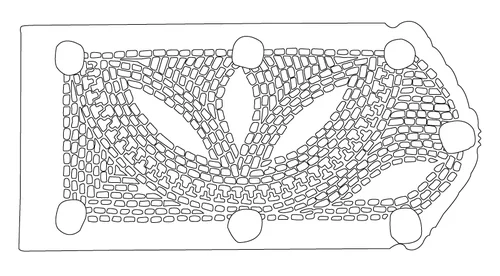
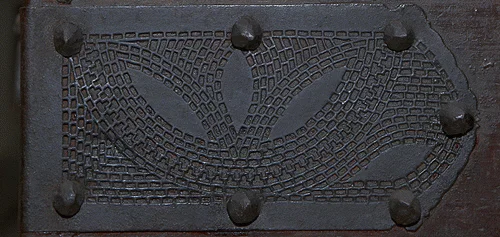
- Handles.
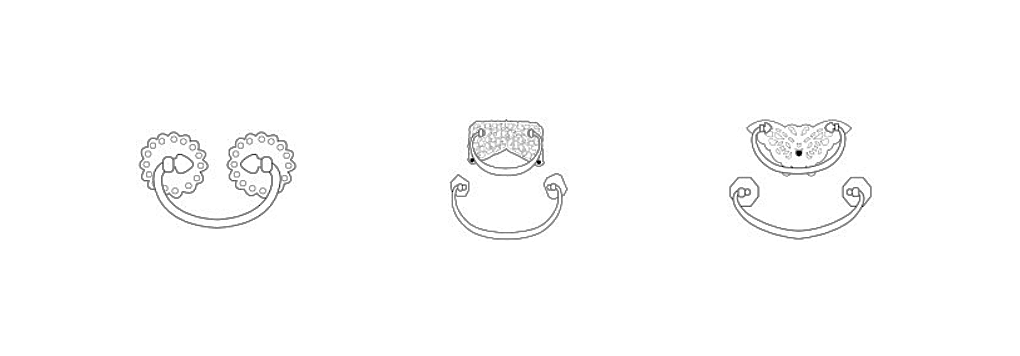
- Decorative nails covers.
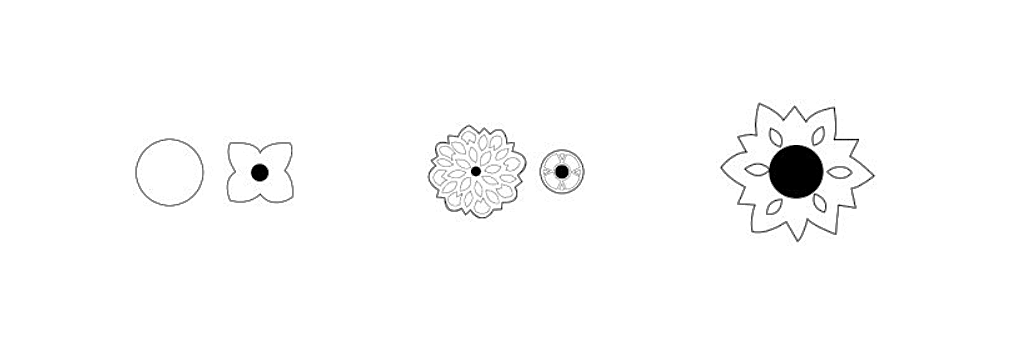
- Decorative plates.

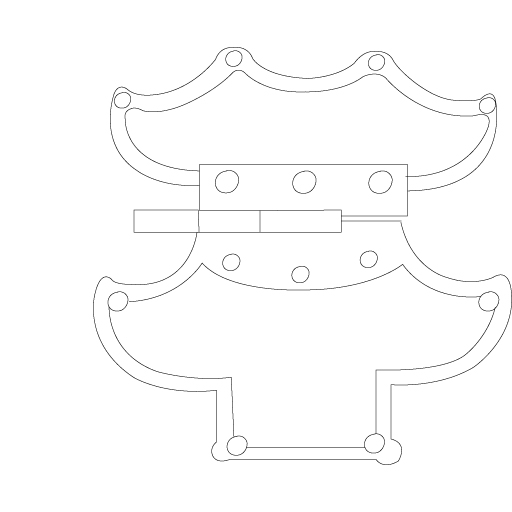

GYEONGGI PROVINCE.
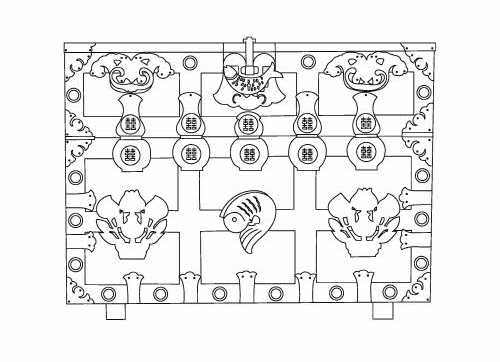
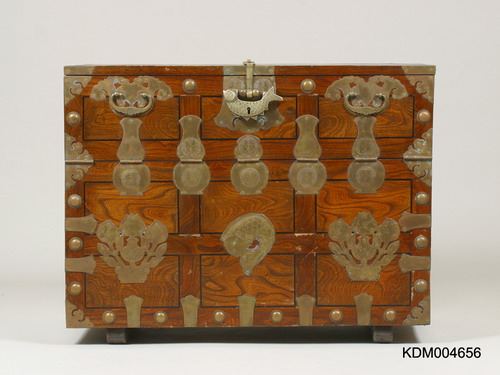


Gyeonggi-do bandaji featured numerous hinges. The gourd bottle pattern on the fittings used to secure the doors was widely employed. Decorative plates with realistic designs of animals and plants were placed on the central bottom part. The use of yellow brass was a distinctive characteristic of this region.
- Lock plates.

- Door hinges.
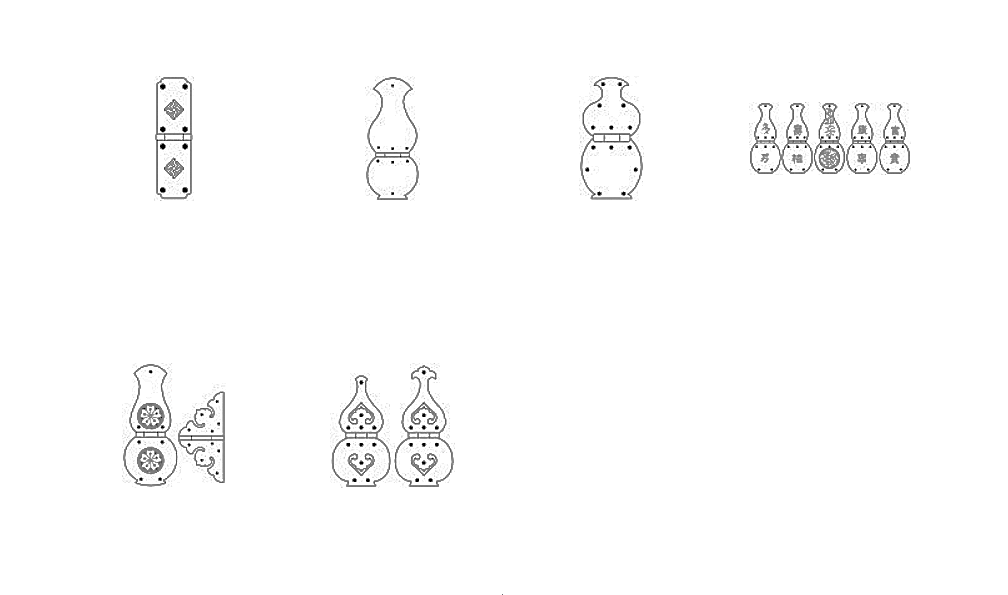
- Corner plates.

- Handles.
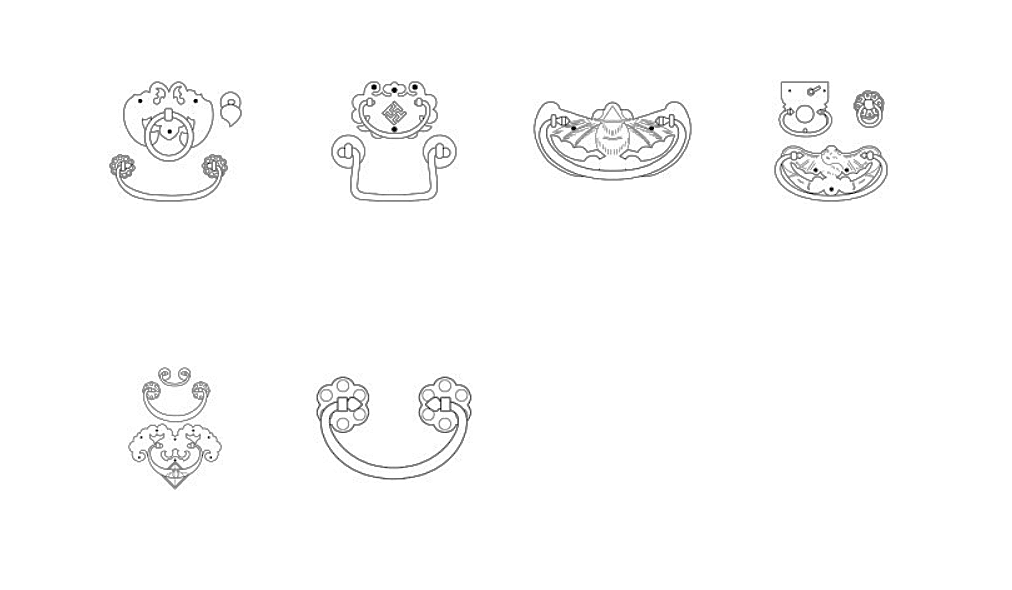
- Decorative nails covers.
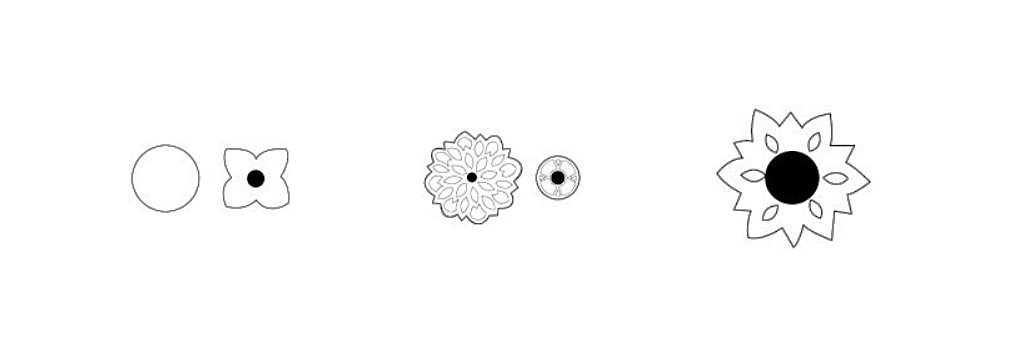
- Decorative plates.
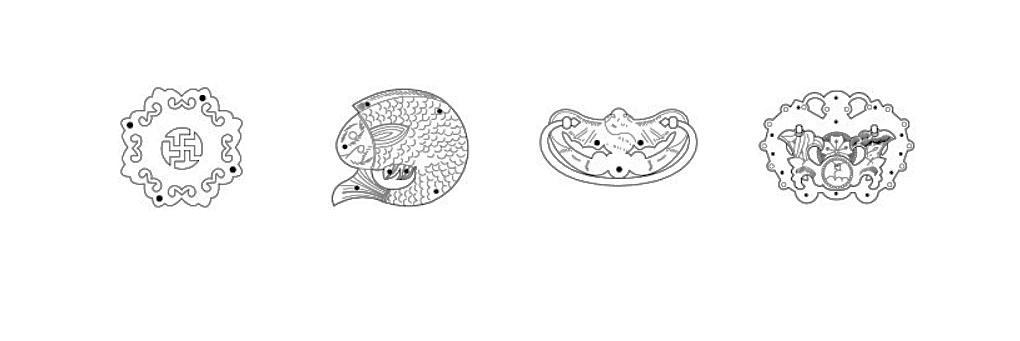
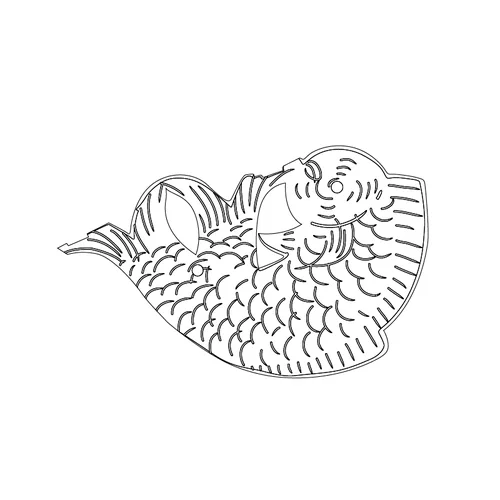
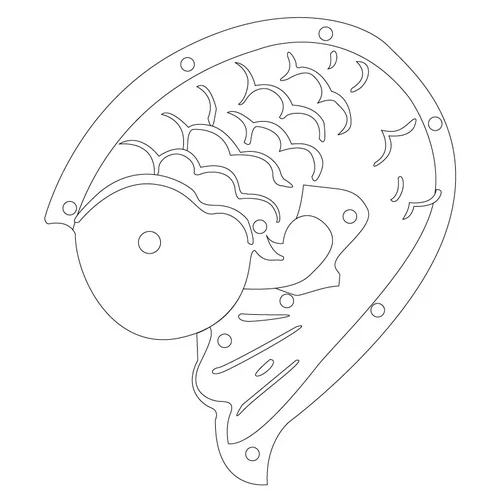
GANGWON PROVINCE.
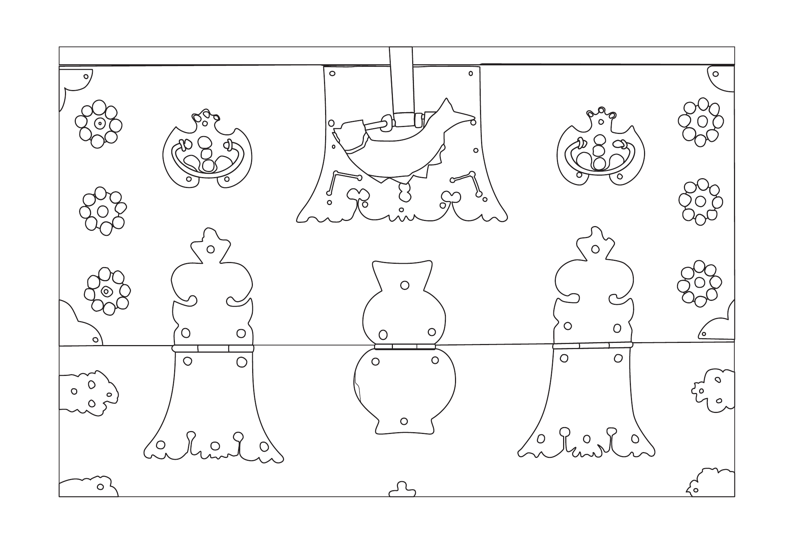
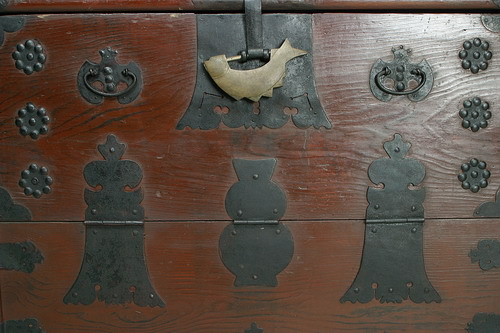
The metalwork consisted of three large hinges holding the doors and three decorative plates positioned below the hinges. The central hinges, connecting the front opening panel to the bottom panel, featured two swallowtail-design plates and one central gourd-shaped plate. Geometric designs resembling constellations were pierced into these plates. Nail covers, carved in relief with floral designs, were positioned on both sides of the door plate. The plates under the top pullers were adorned with a bat design. Although the use of fittings was minimal, they were large and roughly crafted.
- Lock plates.
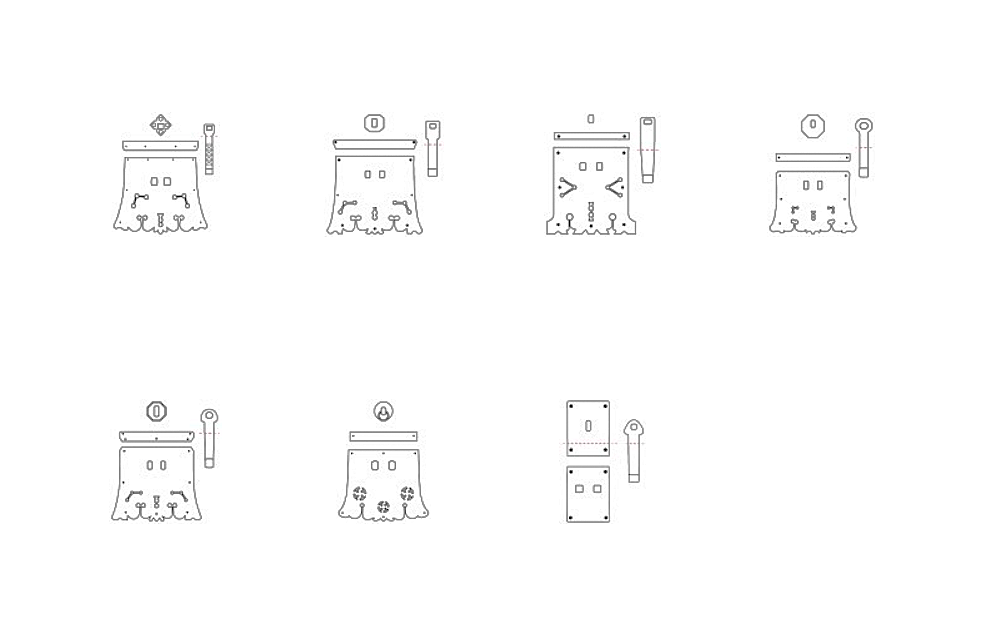
- Door hinges.
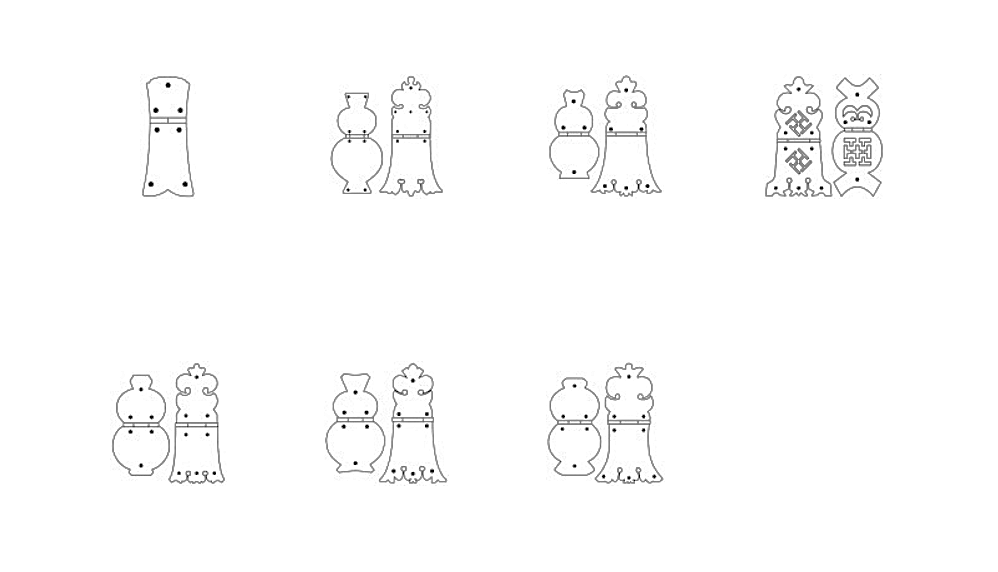
- Corner plates.
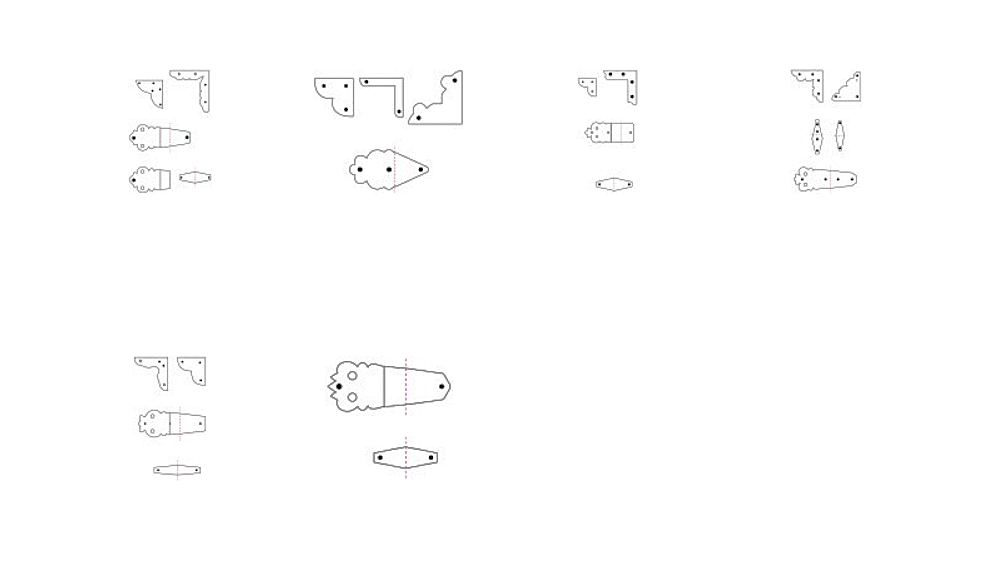
- Handles.
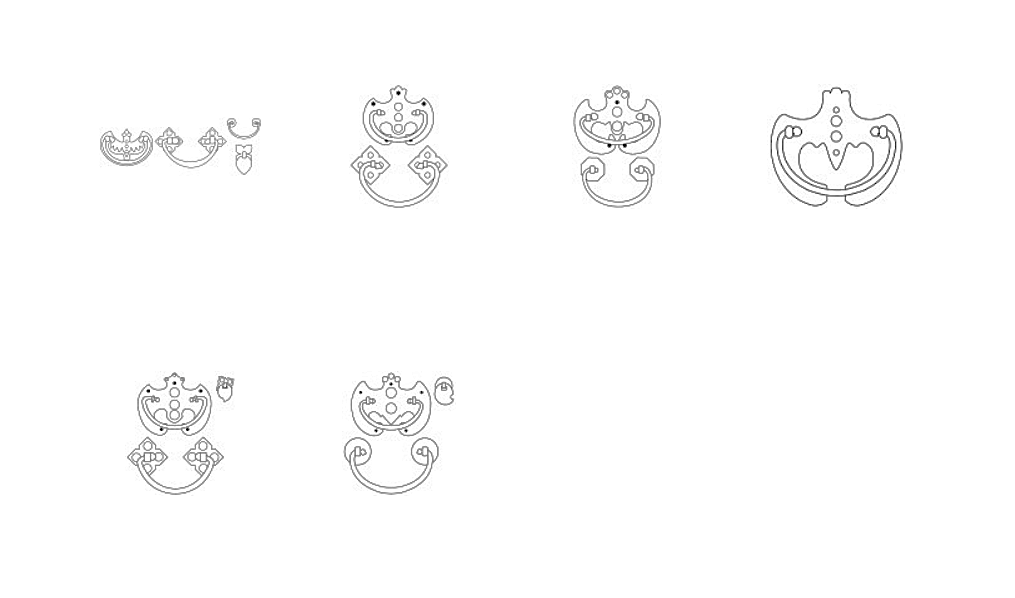
- Decorative nails covers.
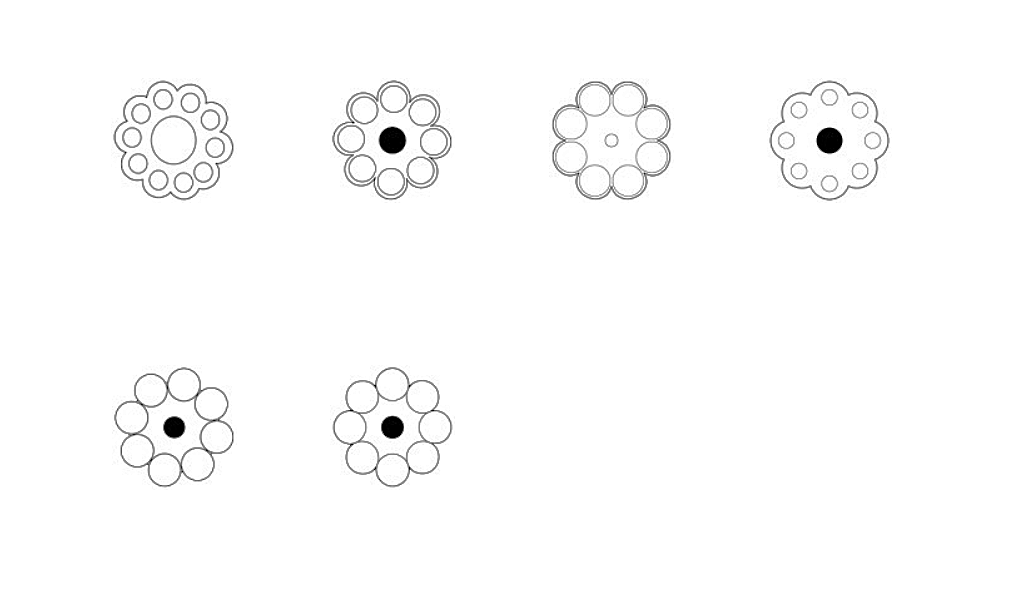
- Decorative plates.
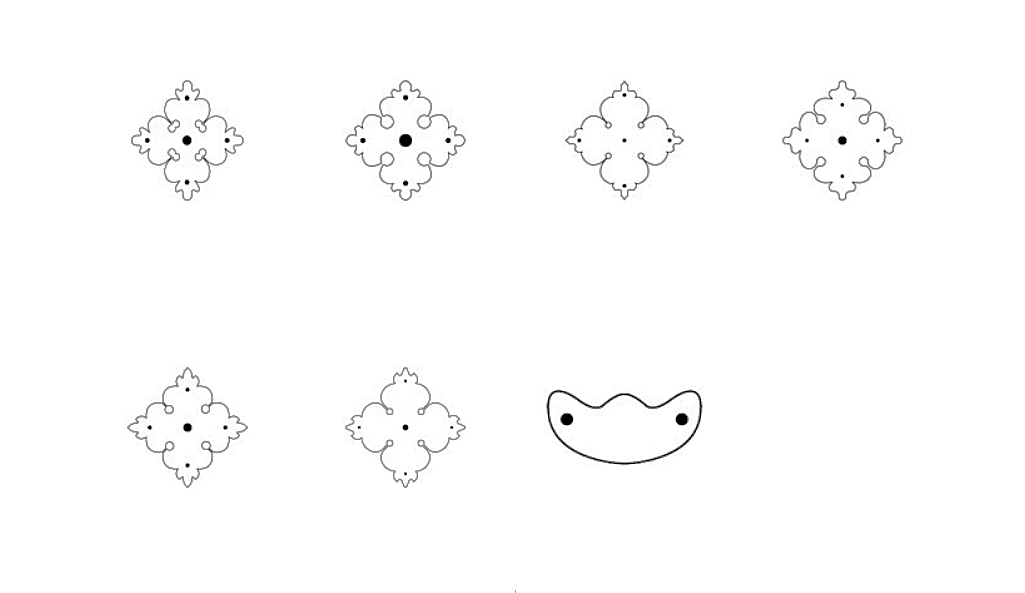
CHUNGCHEONG PROVINCE.


- Lock plates.
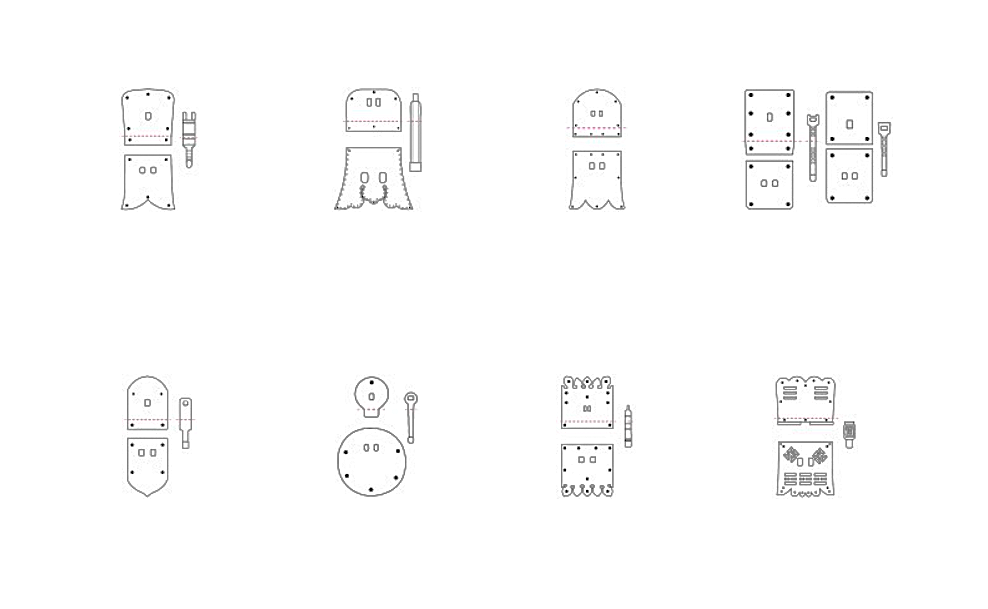
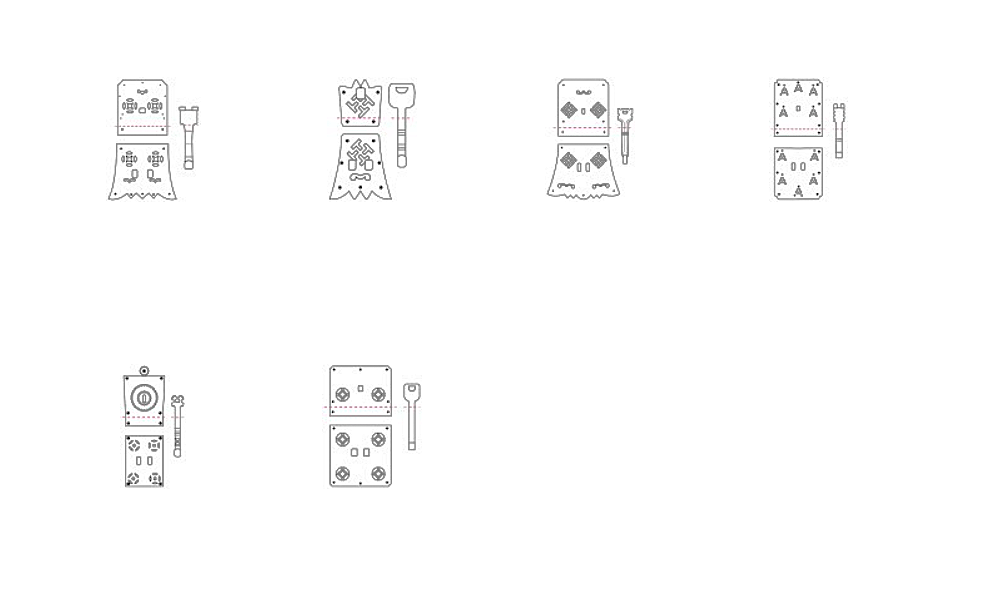
- Door hinges.
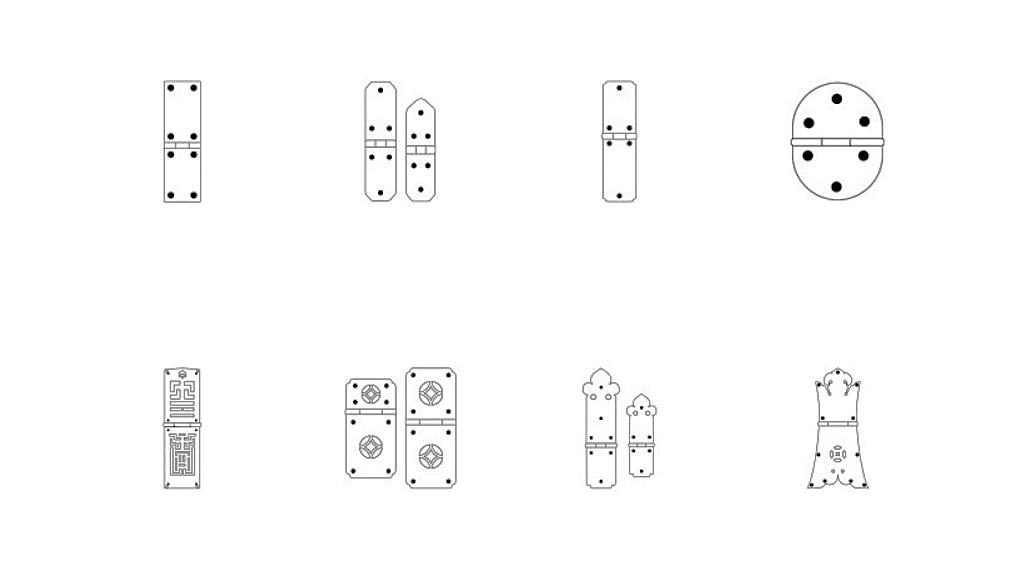
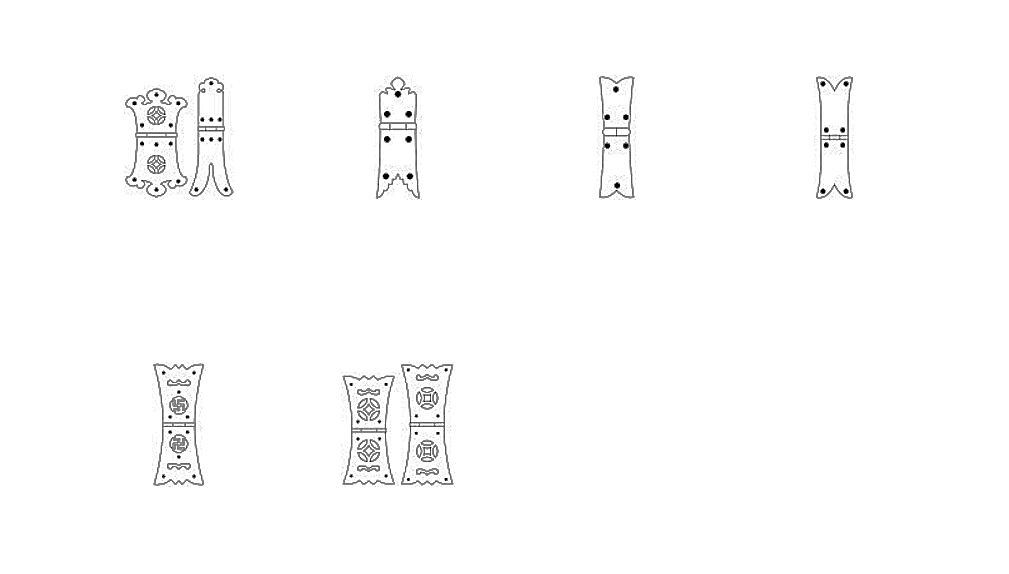
- Corner plates.
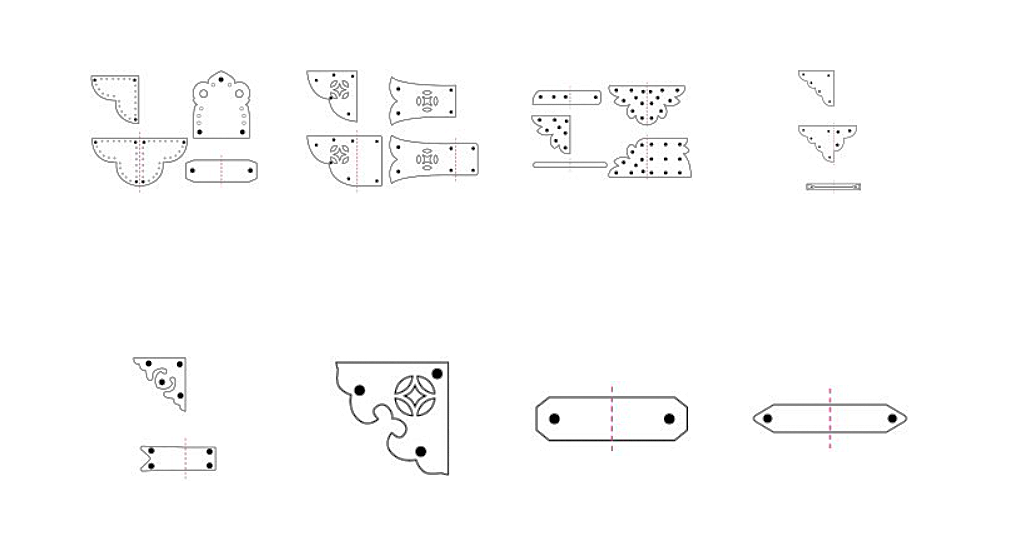
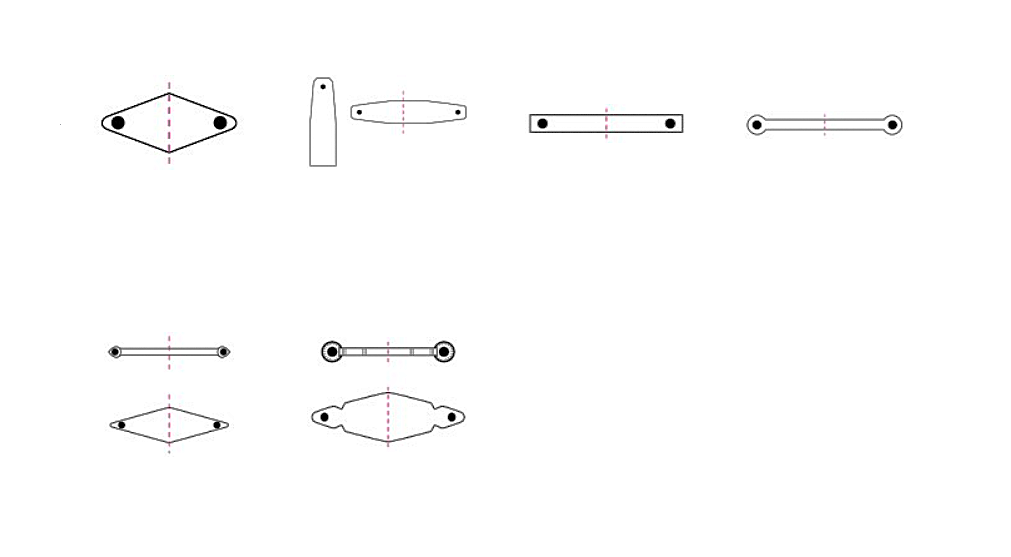
- Handles.
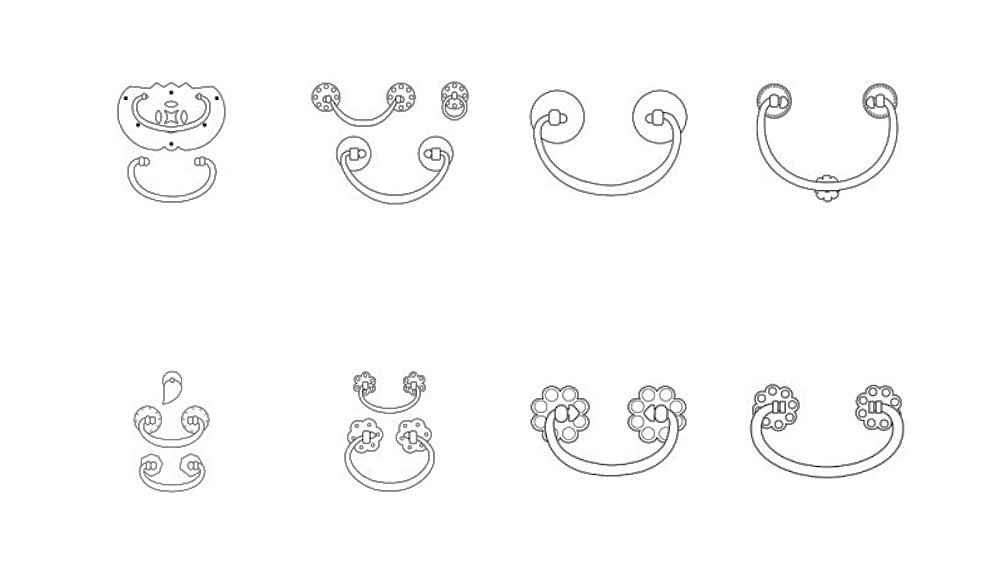
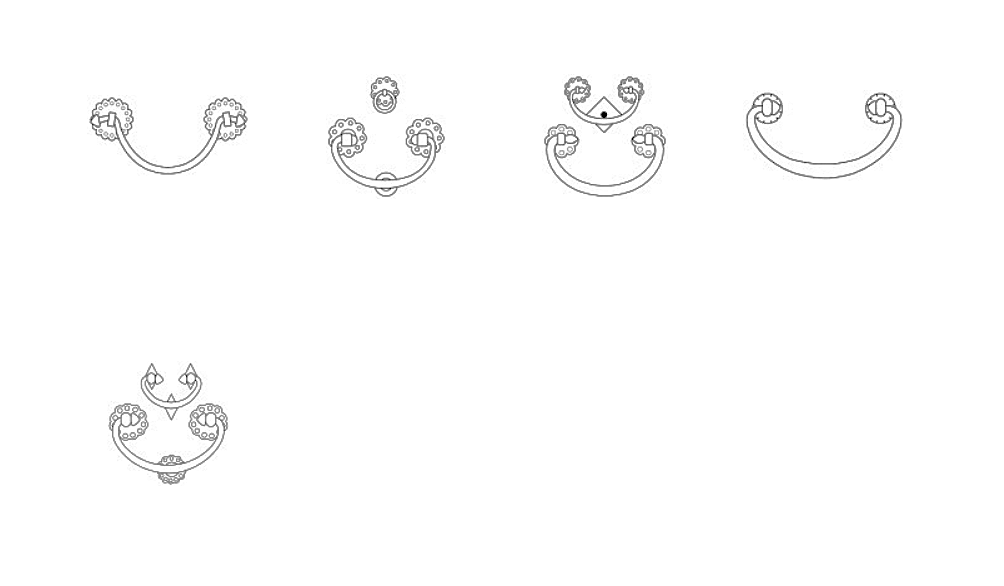
- Decorative nails covers.
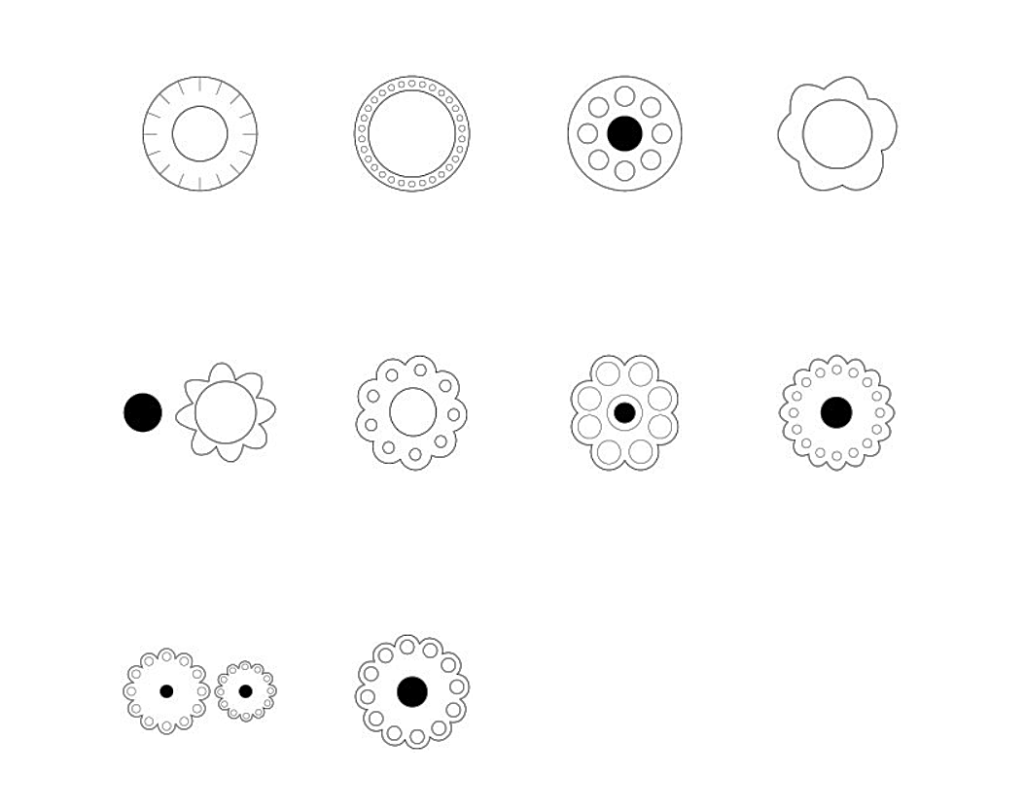
- Decorative plates.
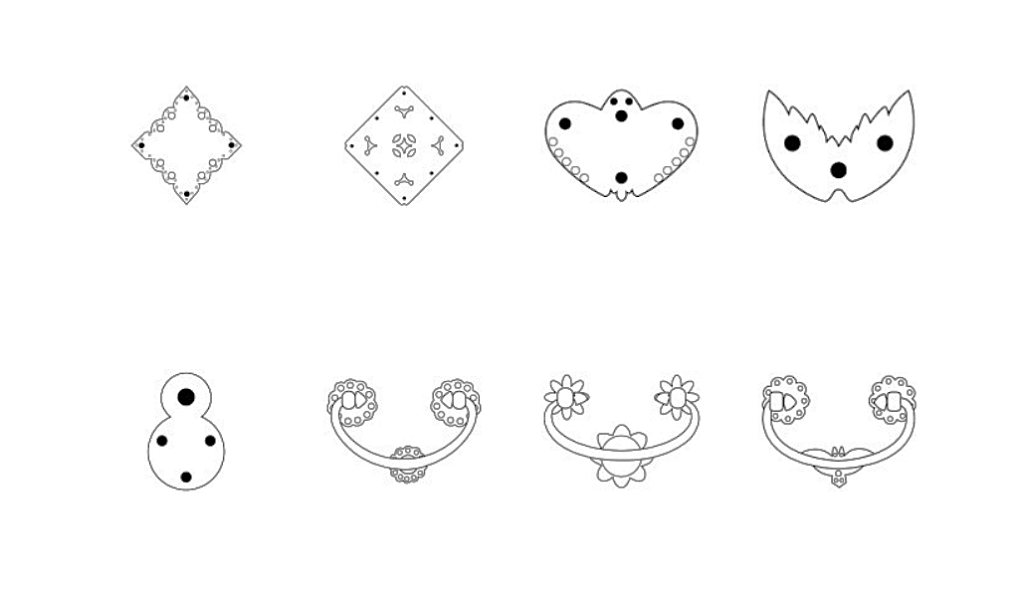
GYEONGSANG PROVINCE.
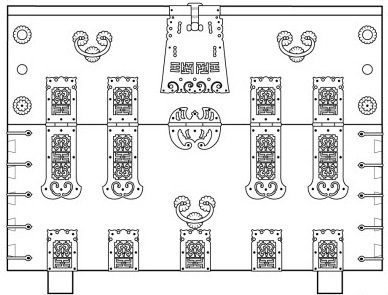
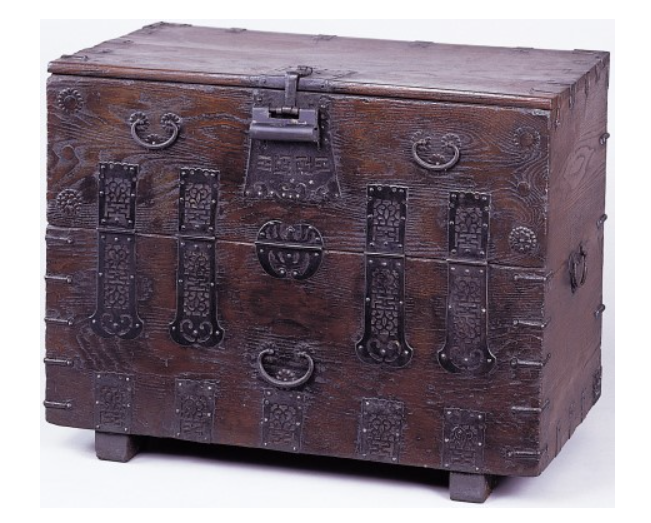
Fittings on Gyeongsang-do bandaji were thick and featured intricate designs. The cicada pattern was commonly used on door fittings. Handles were large and often placed over diamond-shaped plates. Miryang bandaji typically featured two to four large central hinges adorned with numerous piercings. Precise piercing and sturdy iron hinges were characteristic features of Miryang bandaji. The Manja (卍), Taeguk, or the Chinese character 福 (meaning “blessing”) were often engraved on the front of the large metal lock plates.
- Lock plates.

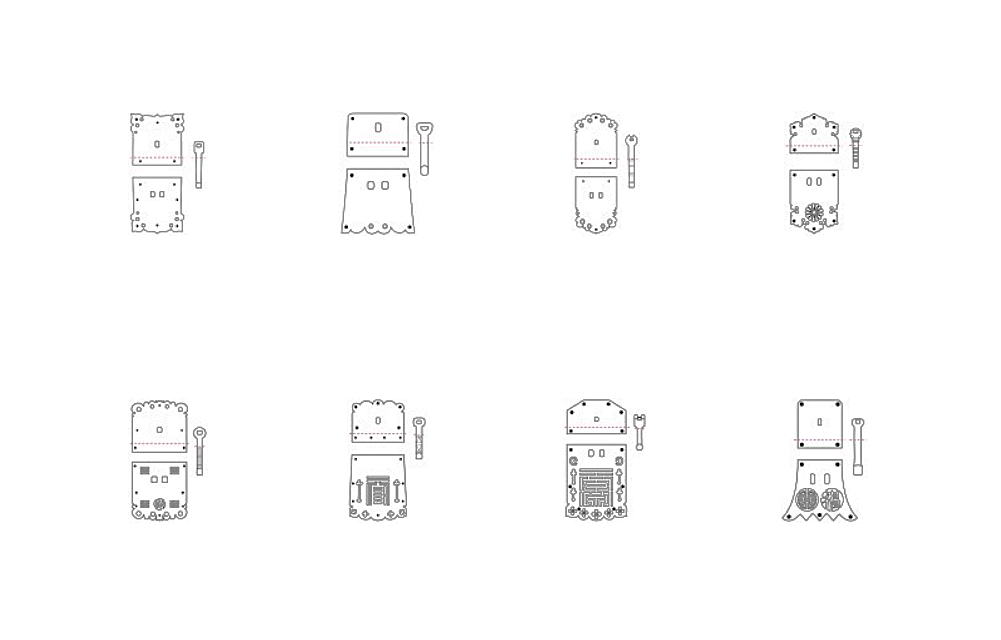
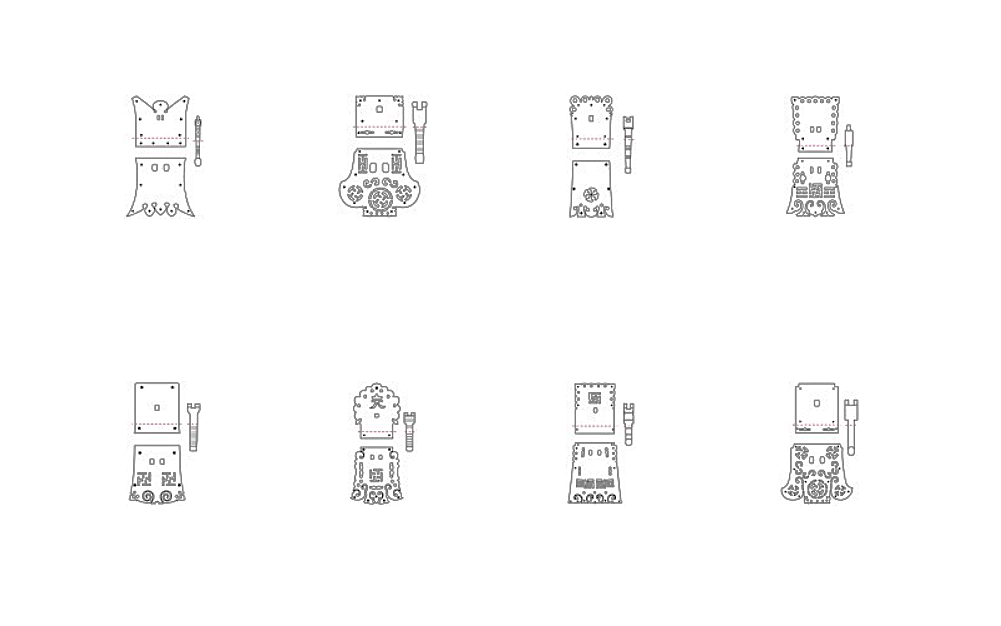
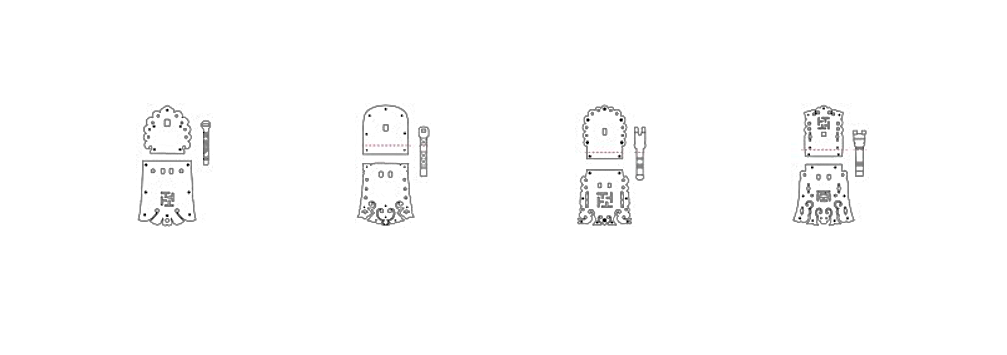
- Door hinges.
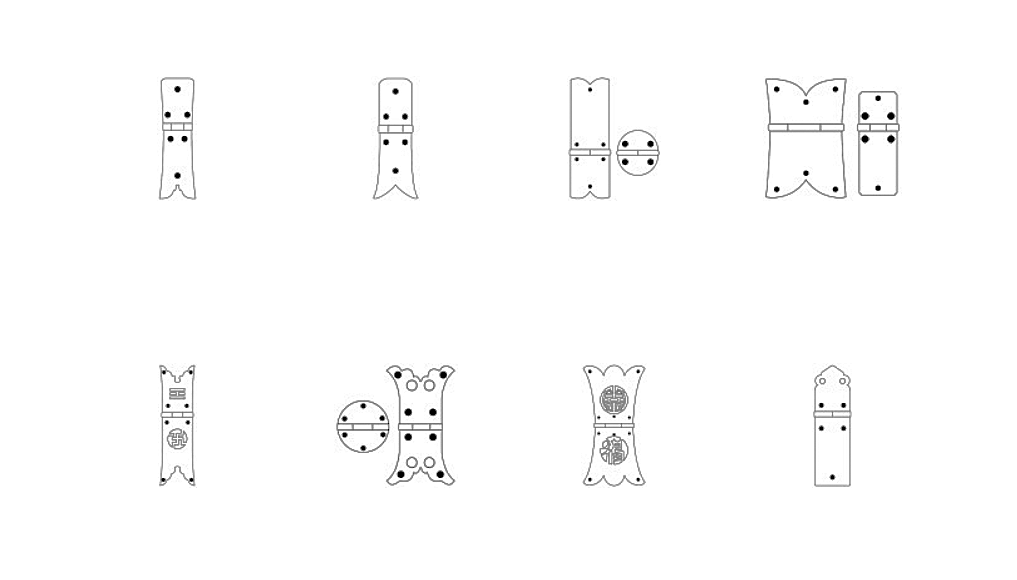
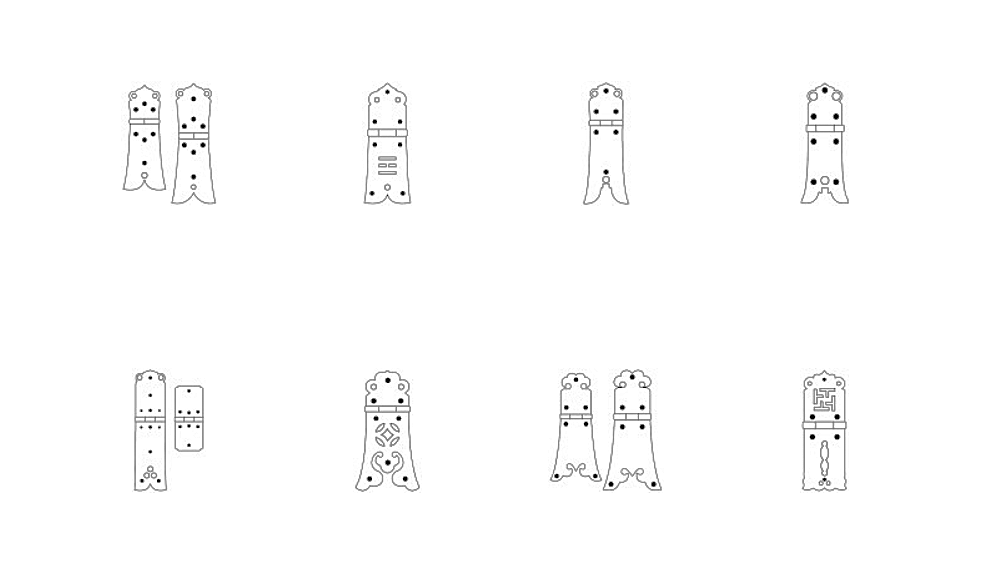
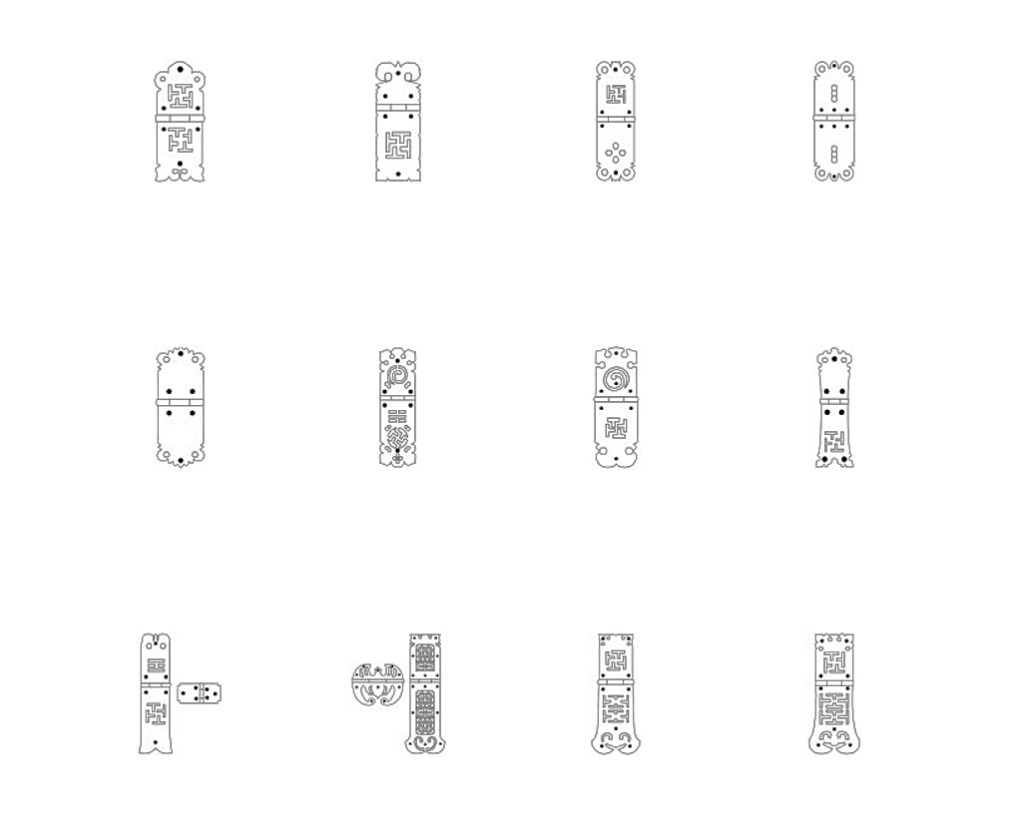
- Corner plates.
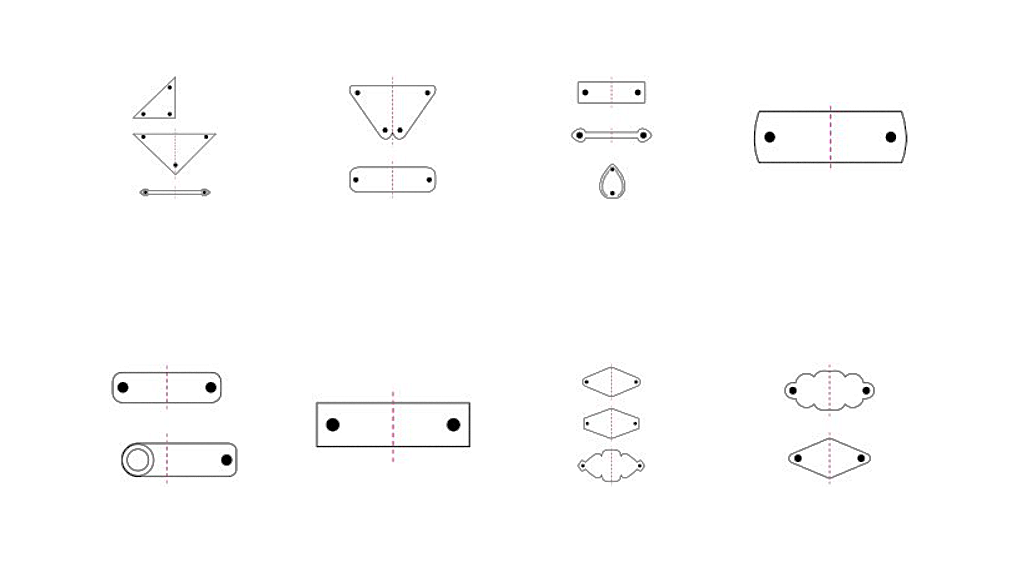
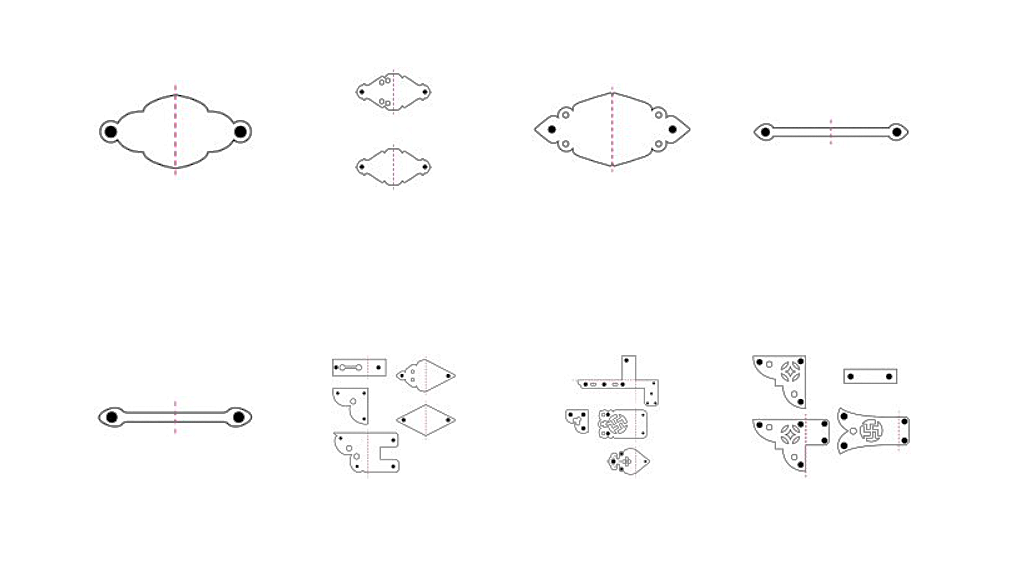
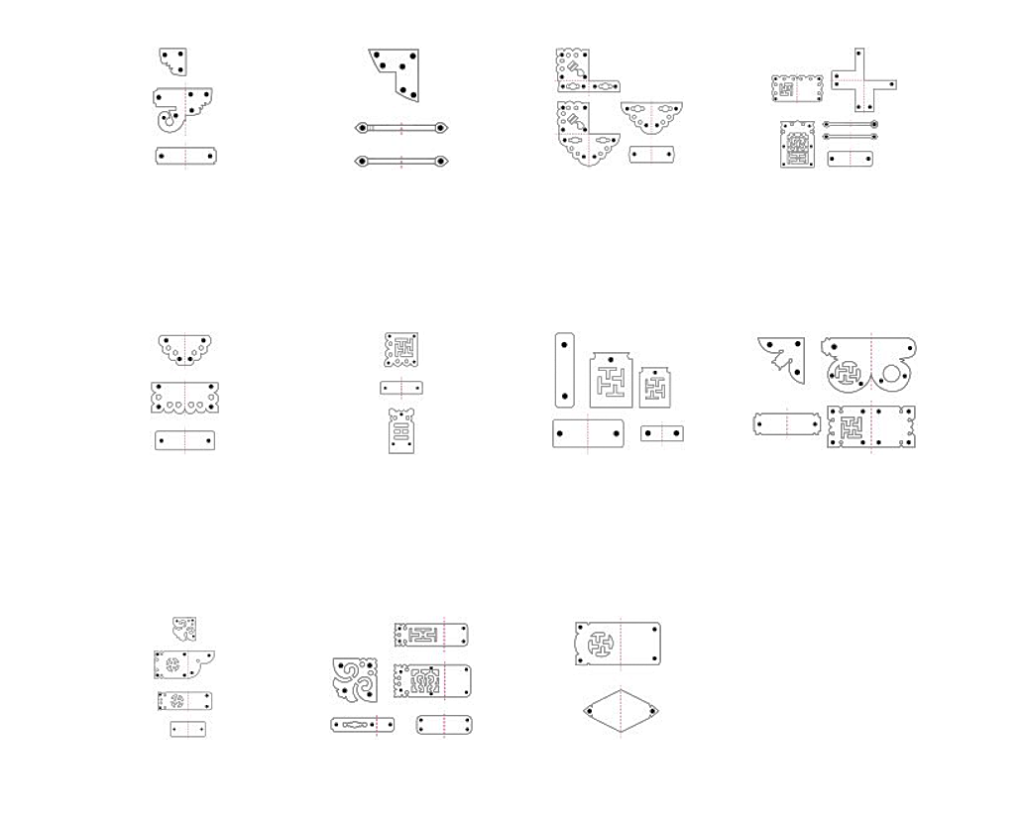
- Handles.


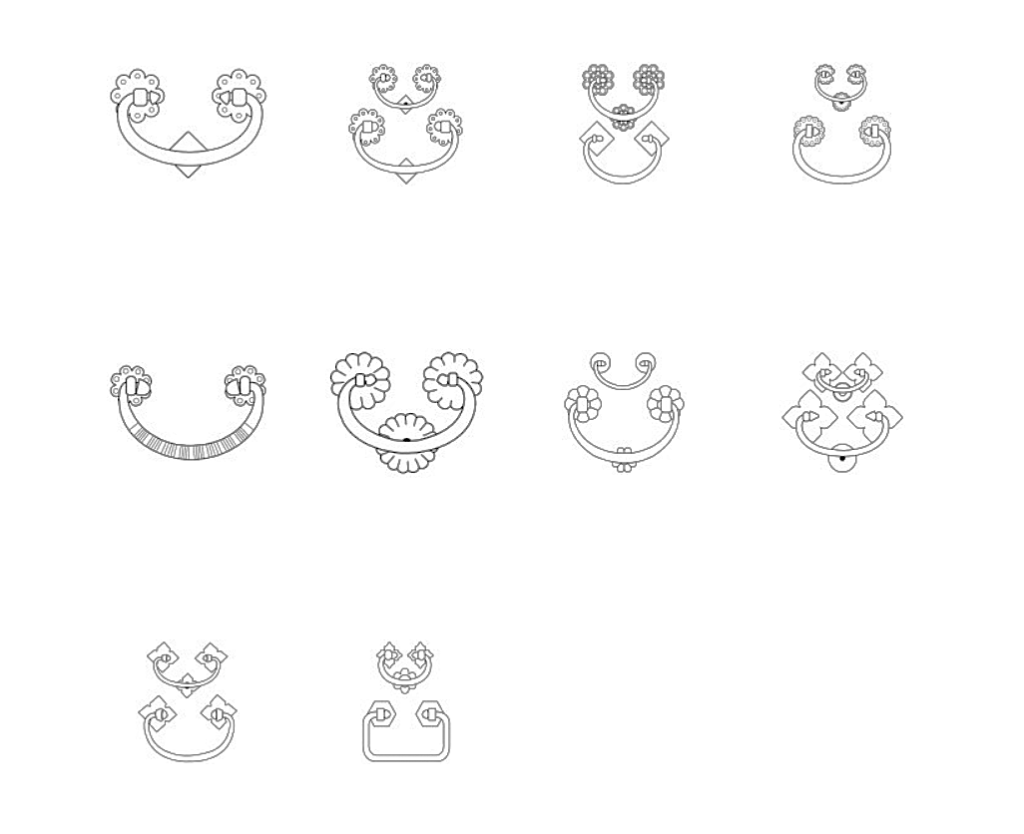
- Decorative nails covers.
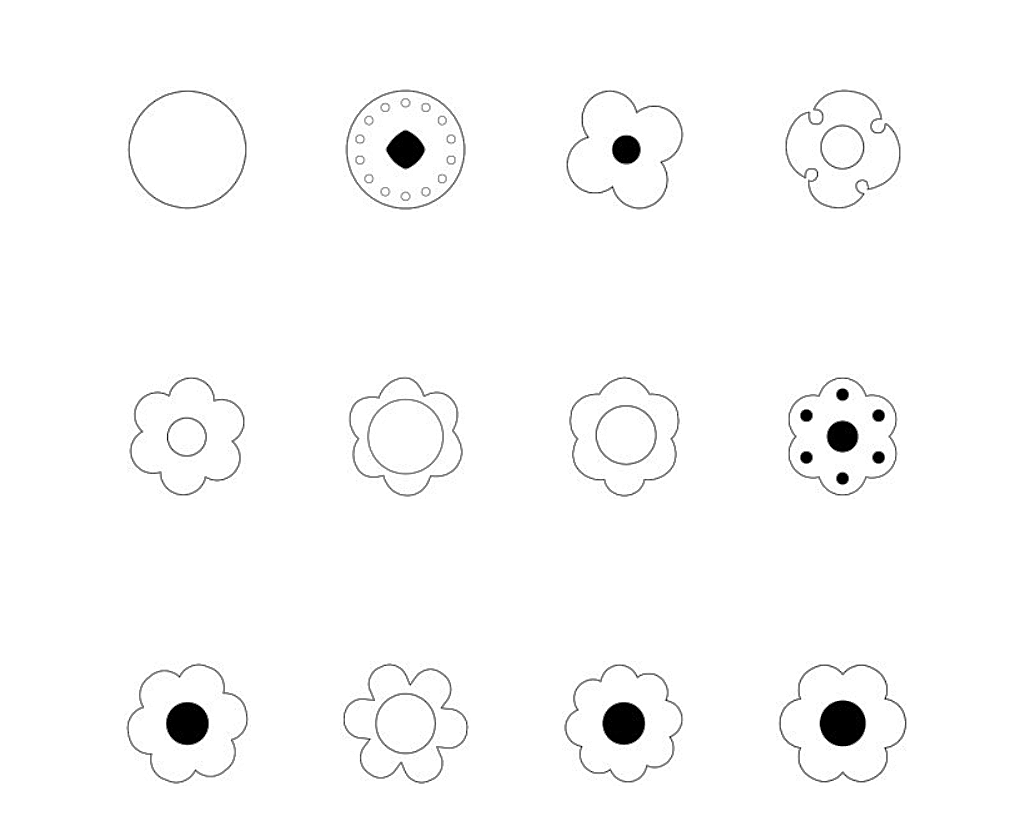
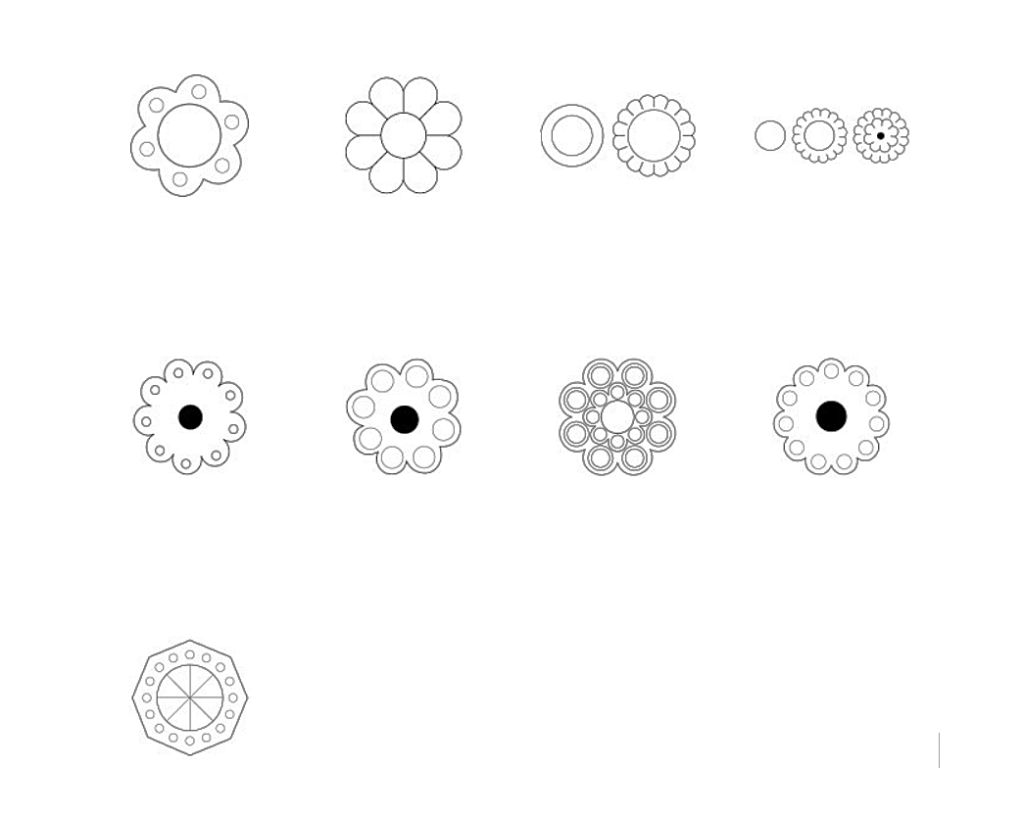
- Decorative plates.
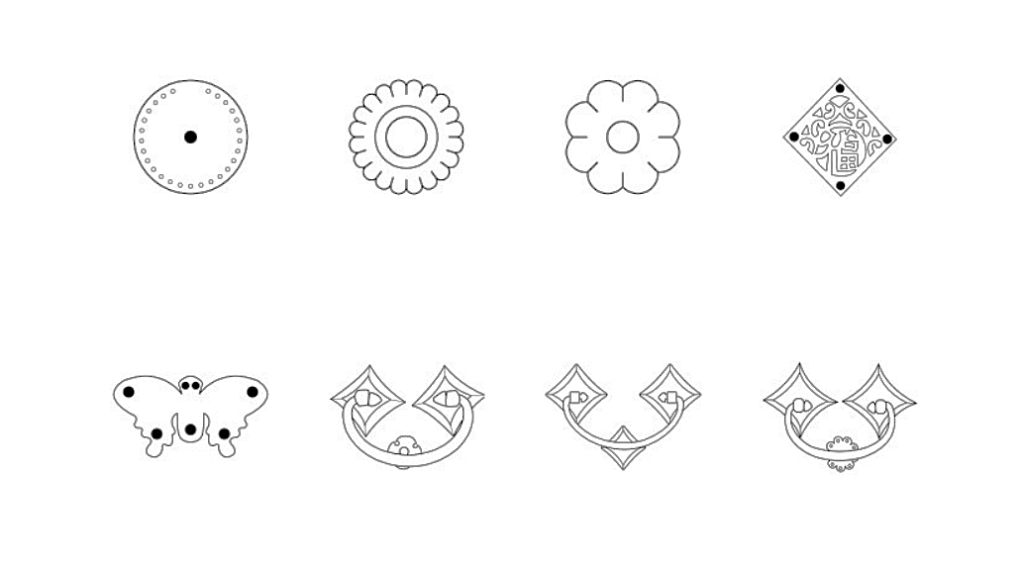
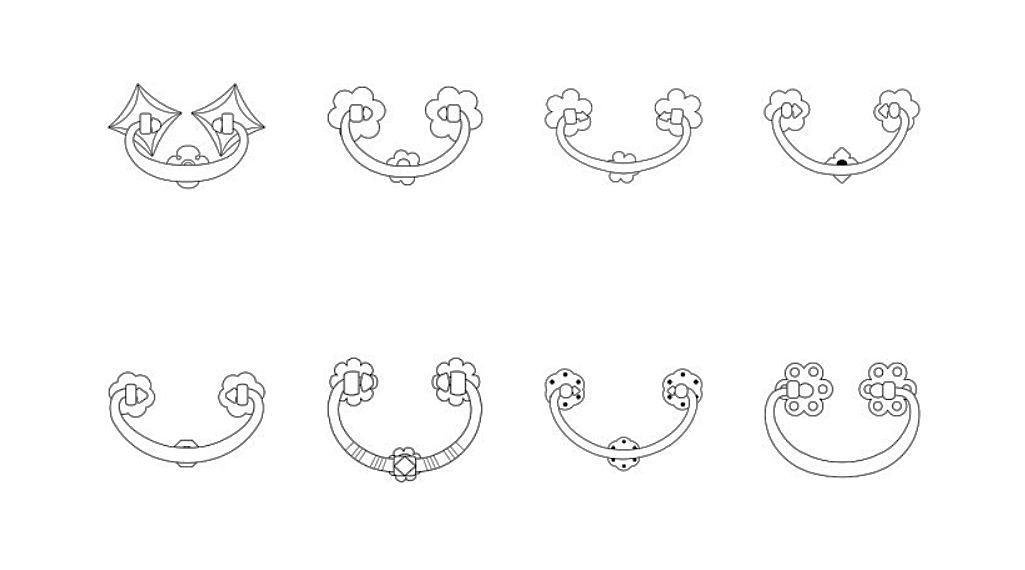
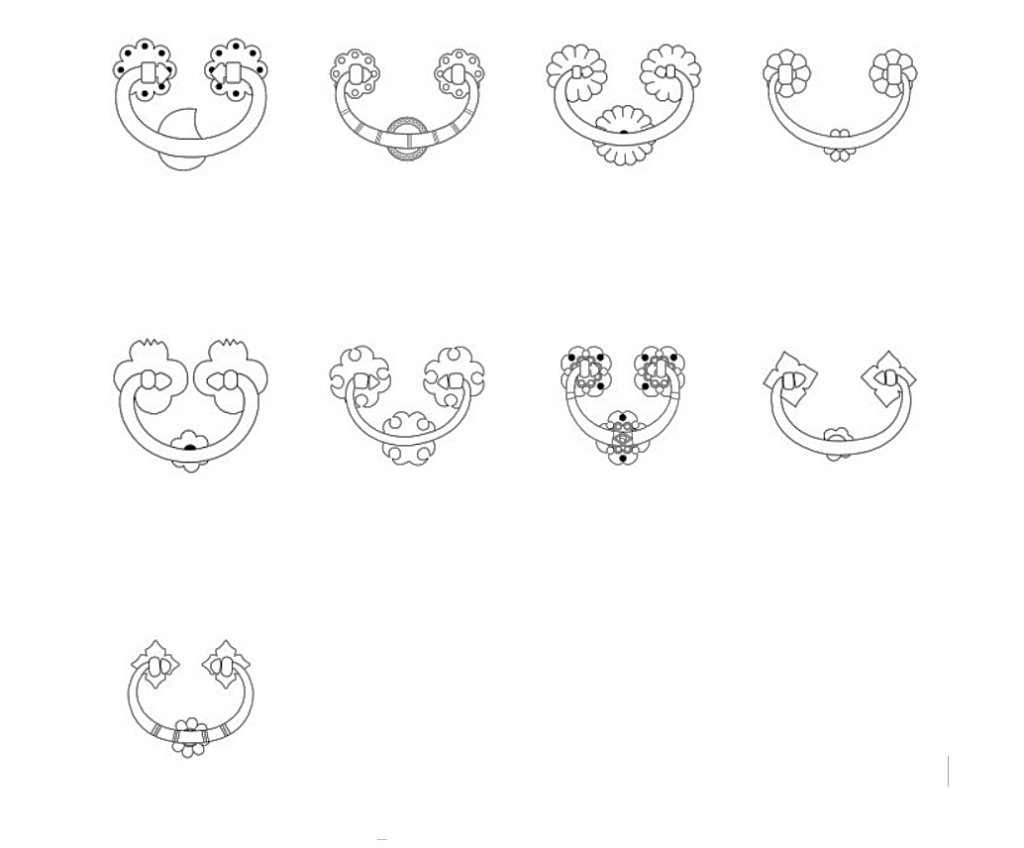
JEOLLA PROVINCE.
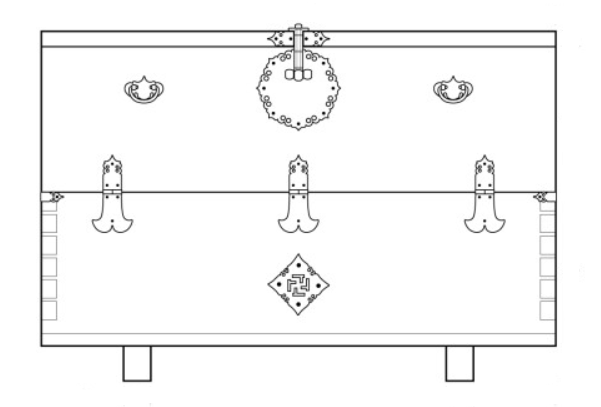
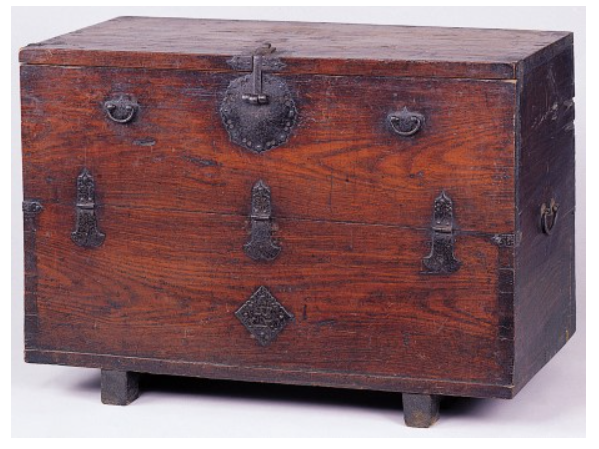
In the southern coastal areas, metalwork was large and featured patterns such as gourd and swallowtail. The top and bottom sections were symmetrical. A distinctive characteristic of this region was the large metal lock plate in the shape of a pomegranate and clouds. Bandaji from the southern coastal area were closely similar to those of Jeju Island.
In contrast, bandaji from the northern regions featured simplified designs and reduced use of feldspar. The quantity of fittings was minimized, with only the essential components used for functionality. On Gochang bandaji, the front opening panel was secured with fasteners in swallowtail shapes, and there was always a square decorative fitting on the lower central part of the chest. The bat motif was commonly used for furniture handles.
- Lock plates.
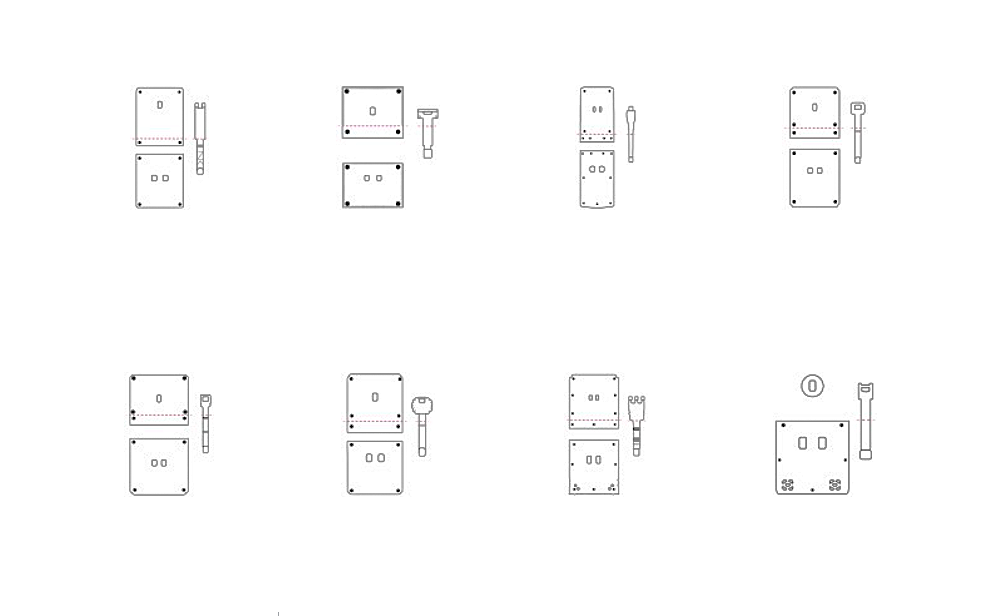
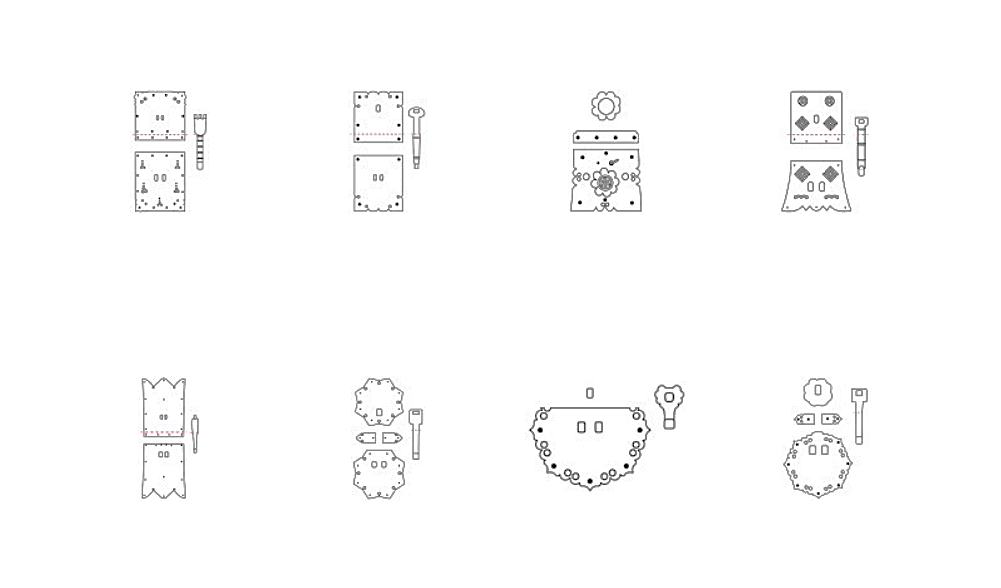

- Door hinges.
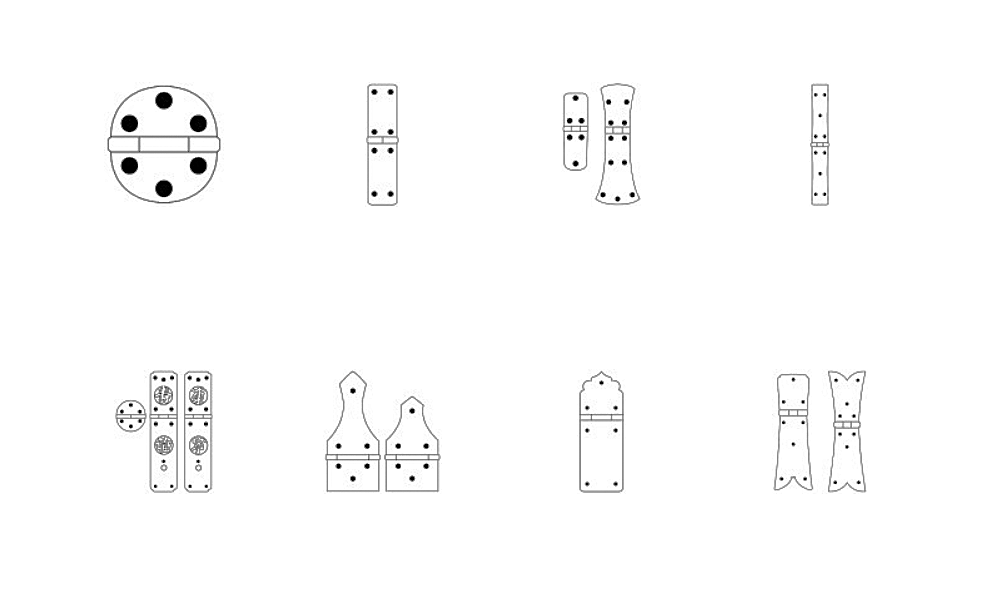
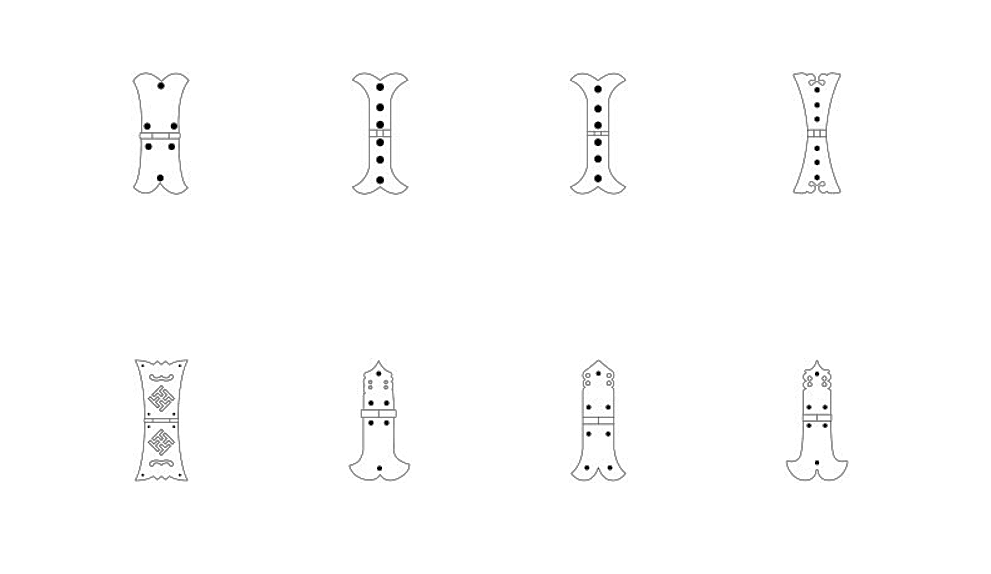
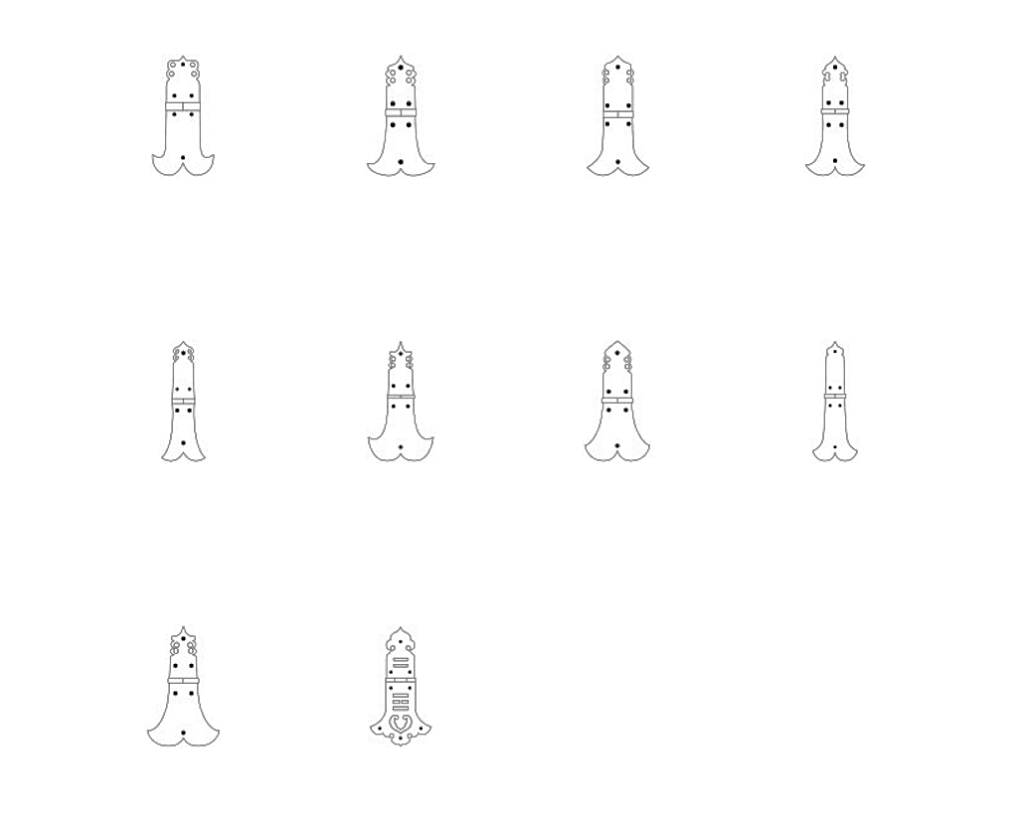
- Corner plates.
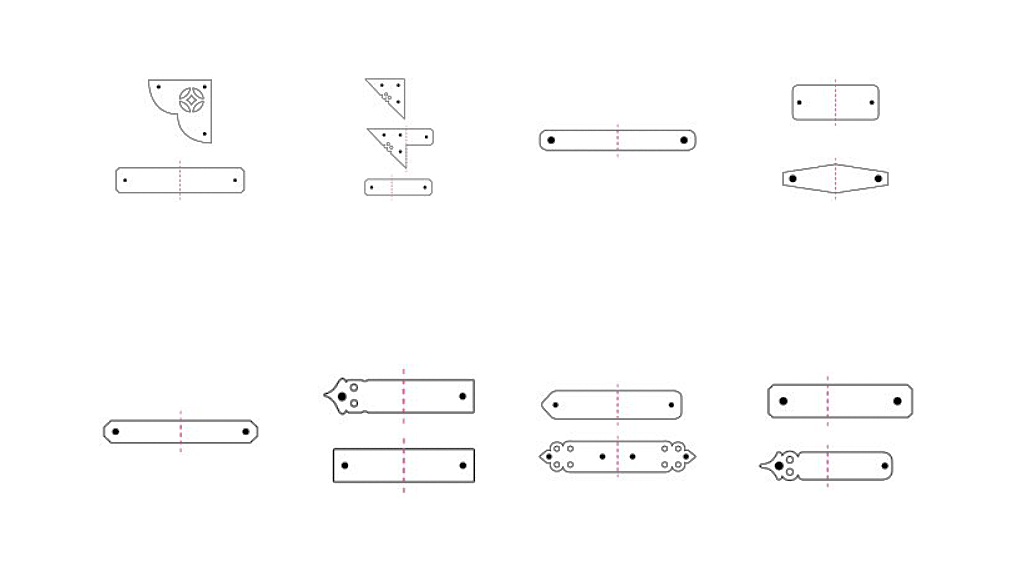
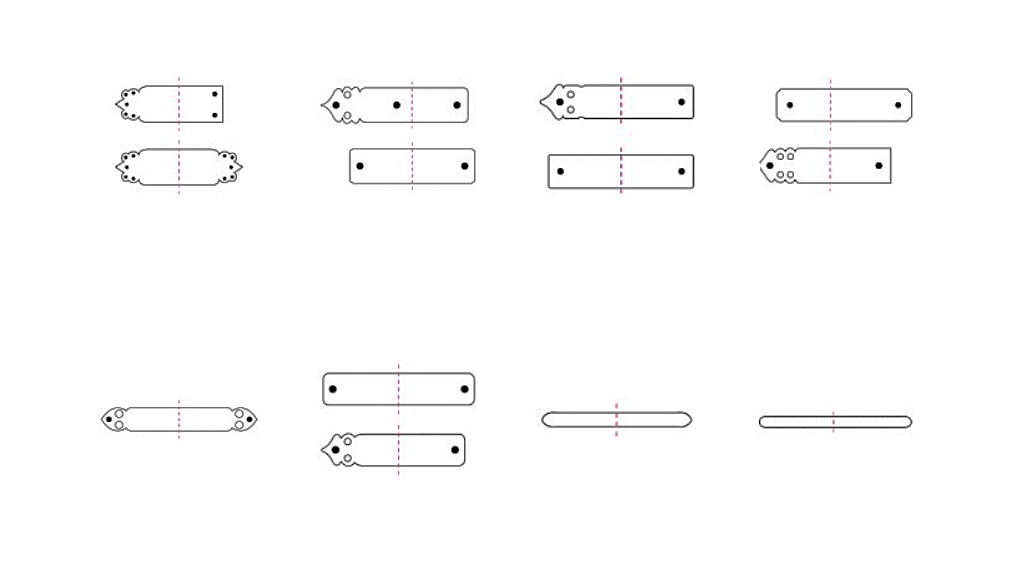
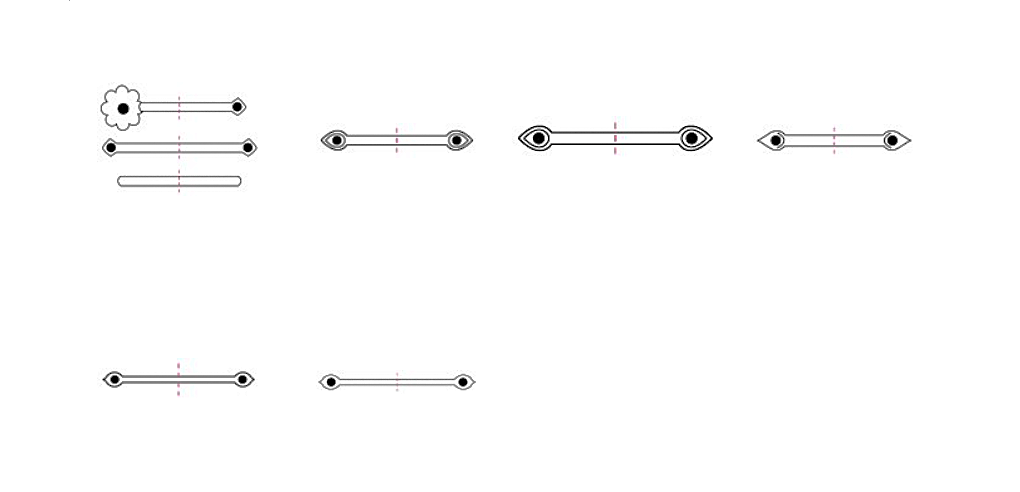
- Handles.


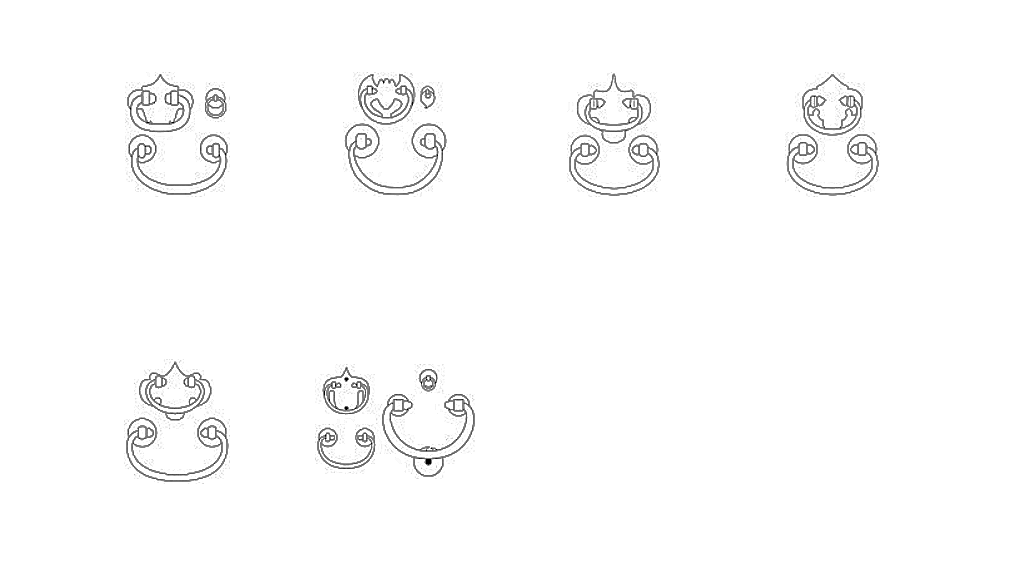
- Decorative nails covers.
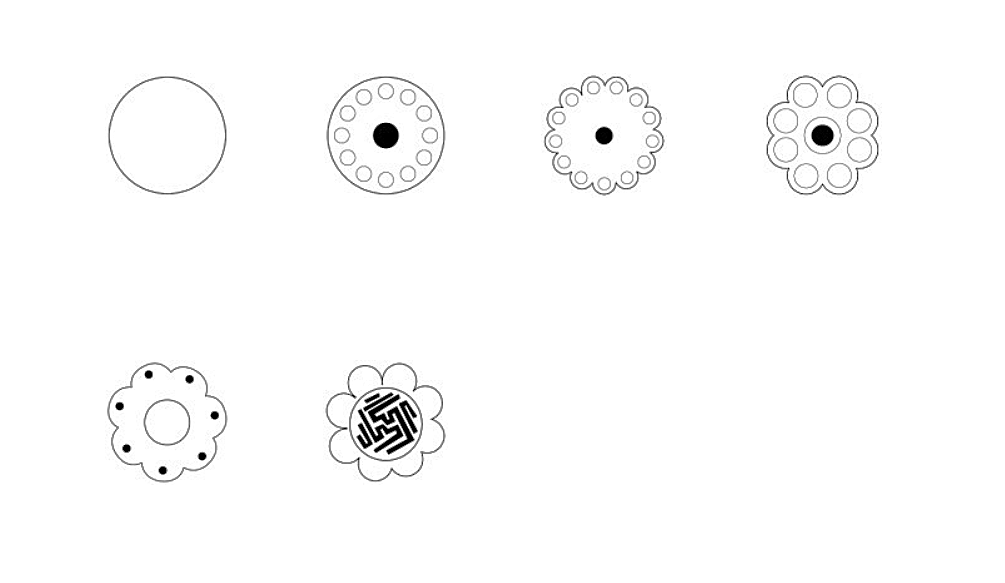
- Decorative plates.
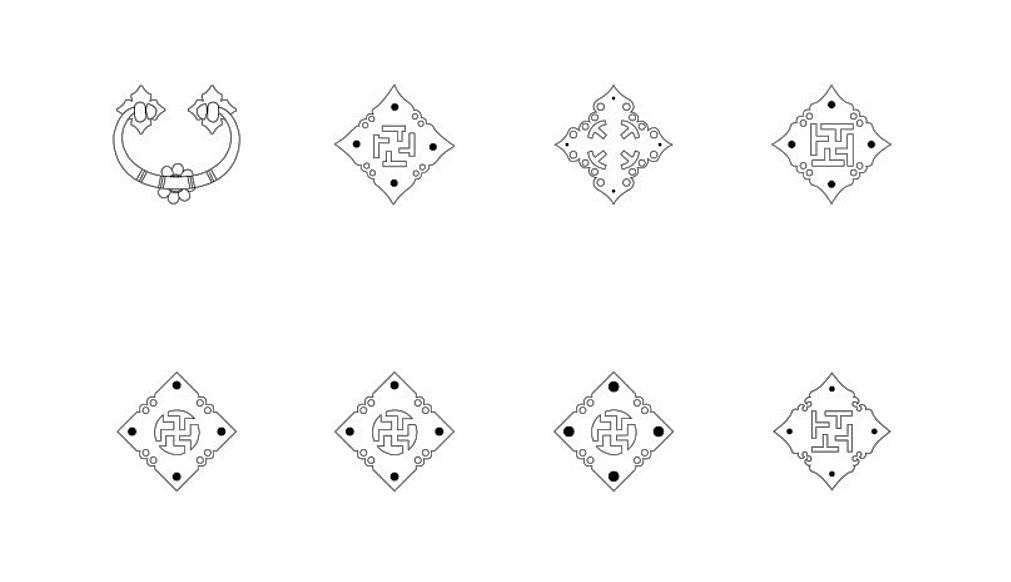
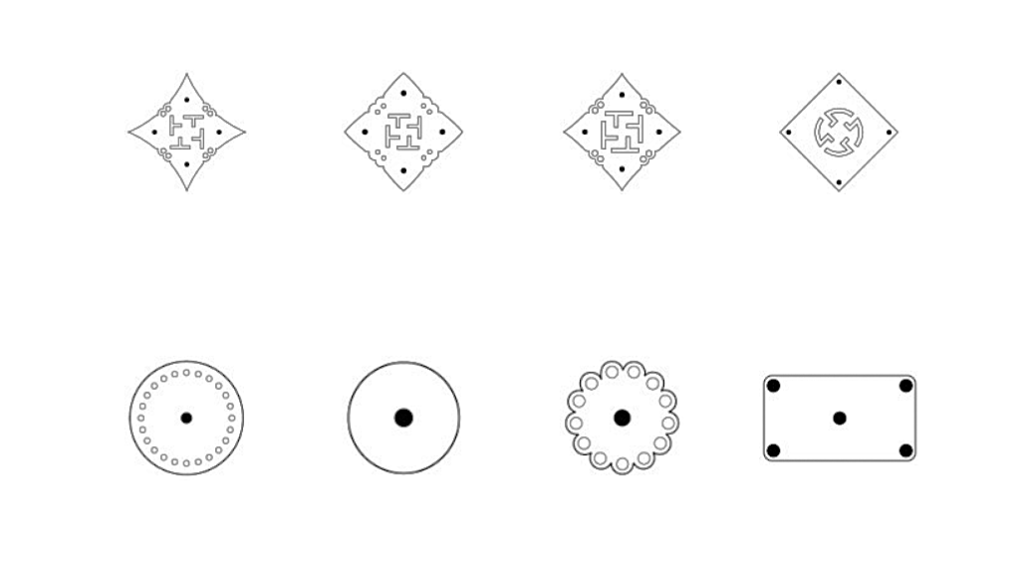
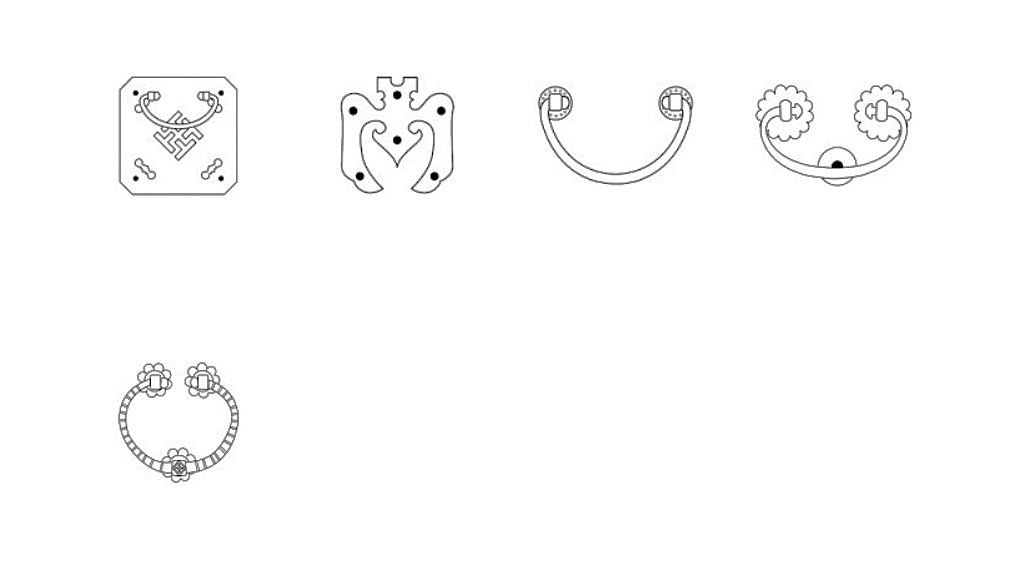
JEJU ISLAND AREA.
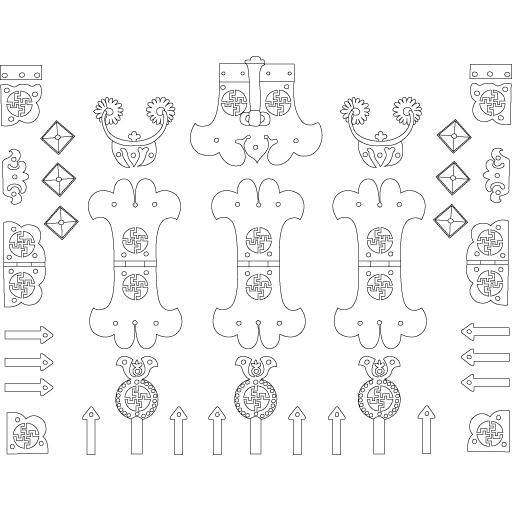

Fittings on Jejudo bandaji were similar to those from the southern coastal area of Jeolla-do province. The front of the chest featured three large, thick cast iron plates shaped like “Bulocho” or cloud-shaped hinges. The cloud pattern was also present on the lock plate. Large hinges, lock plates, and corner mounts were often adorned with swastika symbols. The “bat” design was frequently used on plates beneath the front door pullers. Lastly, thick, bold decorative square nails were a characteristic feature of bandaji from this area.
- Lock plates.
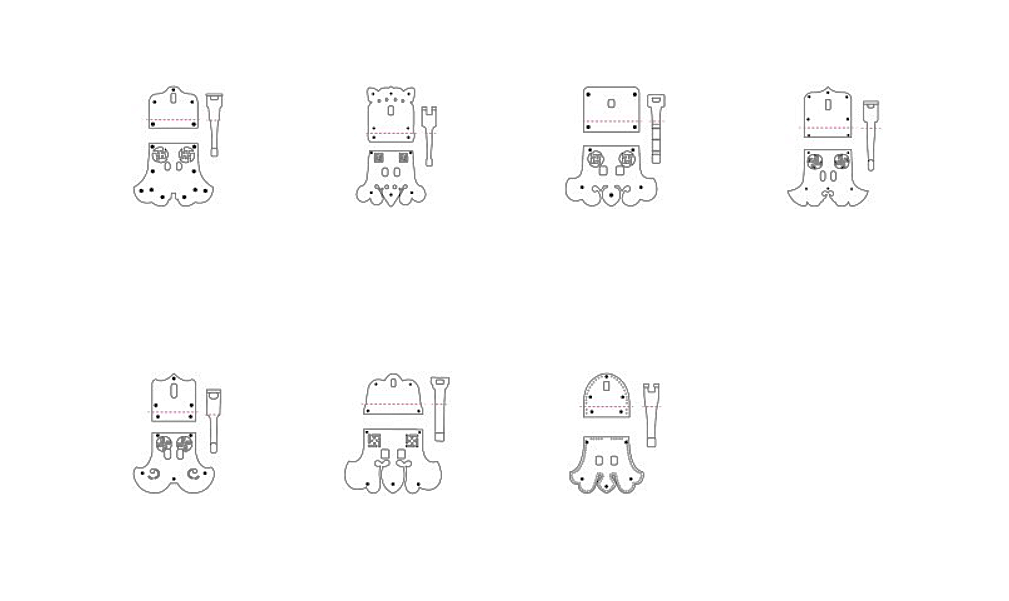
- Door hinges.
The cloud pattern is characteristic of jeju pieces, though sometimes similar motifs can be seen on pieces in the nearby southwestern coastal region of South Jeolla province.
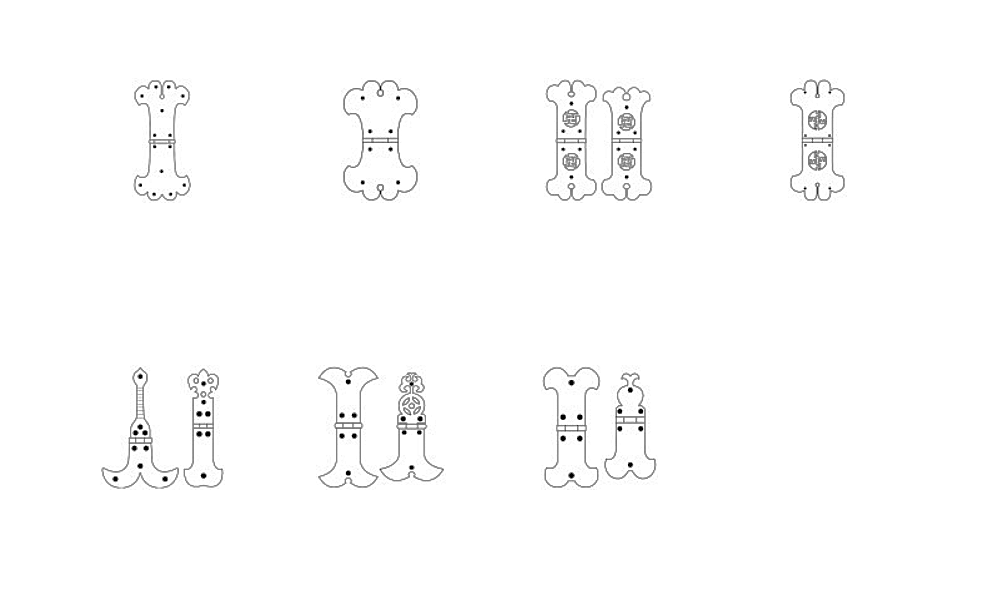
- Corner plates.
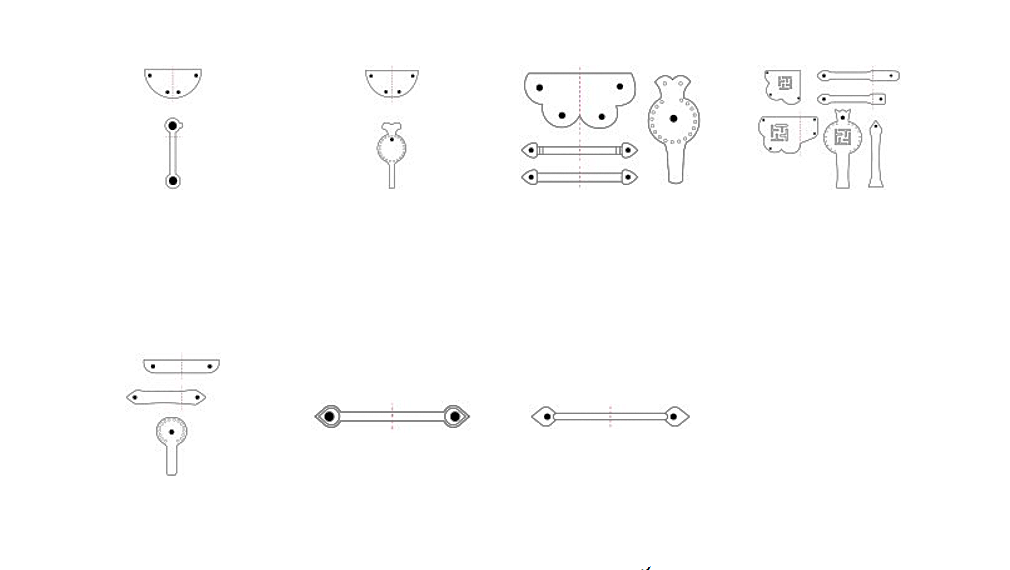
- Handles.
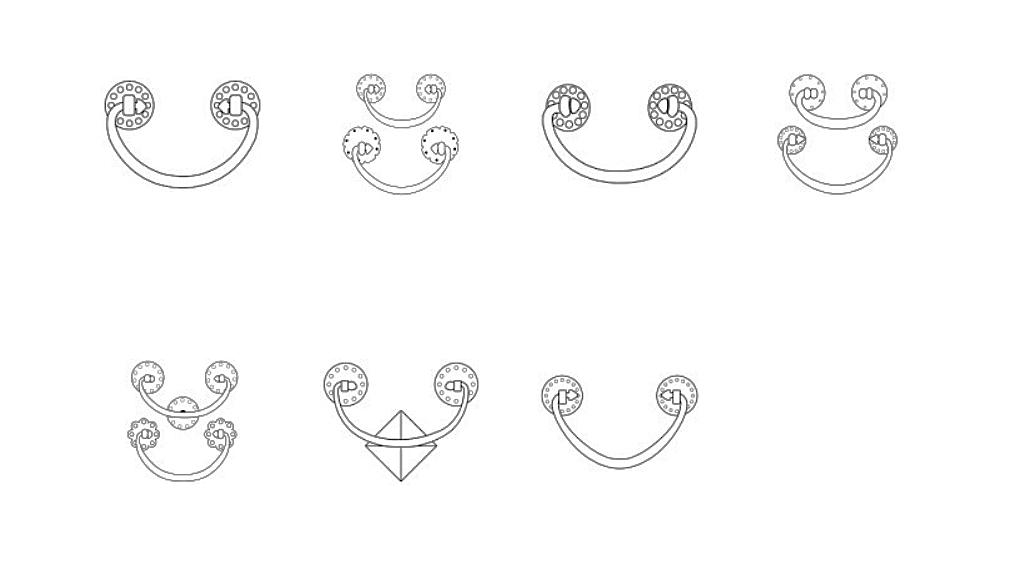
- Decorative nails covers.
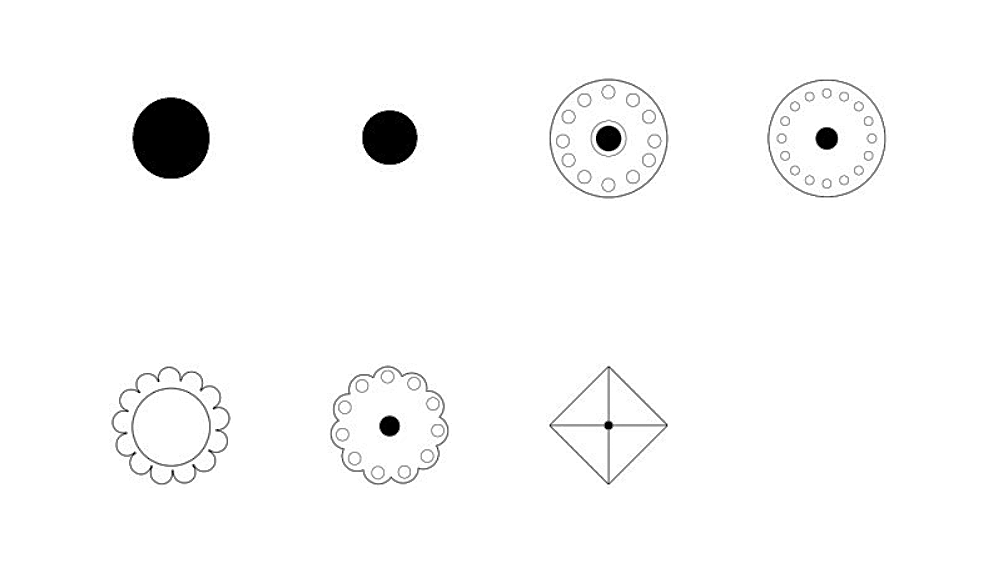
- Decorative plates.

LINKS:
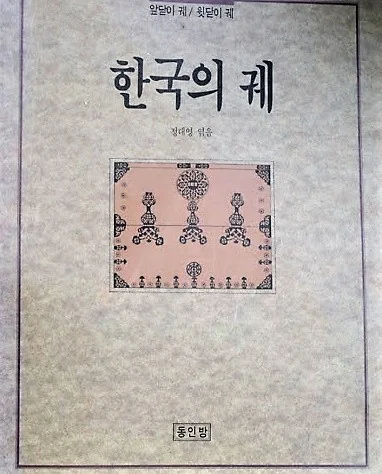
Chests of Korea.
Chung Dae-Yong. Donginbang, Seoul 1993.
This publication in Korean is very interesting as it presents most of the Bandaji fittings classified by geographical region. Richly illustrated with numerous drawings.

